If you had to choose one, organic social media vs paid social media, what would be your first choice? If you think this is a trick question, you are right!
Lucky for us, none of us have to choose to pick one over the other!
The answer is rather simple. It’s not organic vs. paid social media, but rather organic plus paid social media.
In this article, we will take a closer look at organic vs. paid social media. You will learn how they differ and how they can work together beautifully to power up your overall content strategy effectiveness.
Table of Contents
What is organic social media?
The benefits of organic social media
Example of organic social media posts
Where can you find inspiration for your organic post ideas?
8 tips for an effective organic social media strategy
What is paid social media?
The benefits of paid social media
Examples of paid social media content
Where can you find inspiration for paid social media campaigns?
How organic social media and paid social media differ
Organic vs paid social media - 10 tips for a hybrid approach
What is organic social media?
Organic social refers to all social media content that doesn't rely on advertising budgets to increase its reach. This content forms the foundation of any social media strategy and can be found across various platforms like Facebook, Instagram, TikTok, Pinterest, Snapchat, Reddit, Google, and more.
Organic social media campaigns are the perfect testing ground for innovative content ideas and design concepts. This content allows the exploration of new or underutilized platforms and provide a margin for experimentation, as content has a natural ebb and flow.
Fun, engaging, and informative organic posts are the key to increasing your social media reach over time. A social media strategy that is organic-focused is a powerful tool to increase impressions across platforms and your overal social media ROI.
Paid social media content, in contrast, prioritizes attention-grabbing headlines, clear calls to action (CTAs), and concise descriptions to drive users toward a landing page for conversions.
Your top organic posts are the ideal starting point for paid social media strategy sessions.
Here's how organic content differs from paid media due to platform restrictions and user interaction:
- Length: Posts on platforms like Facebook have a generous 63,206-character limit. LinkedIn set their limit at 3000 characters, while Instagram allows for 2,200 characters. X, however, continues to restrict content to 280 characters. This flexibility on most platforms allows for in-depth storytelling. Paid posts, on the other hand, have a significantly lower character limit to prioritize concise messaging for immediate user engagement.
- Format: Paid media buyers may have limitations on content formats, with videos and images being the most commonly used, while regular content has a wide array of formats, including polls, carousels, reels, stories, articles, live video, text-only, and more.
- Call to Action (CTA): High-performing regular posts typically aim to keep users engaged on the platform, encouraging actions like saves, likes, or shares. Paid advertisements, however, have CTAs designed to push users off-platform to a dedicated sales page, often prompting clicks.
The benefits of organic social media
Social media offers an array of benefits for brands, making it a powerful tool in any marketing toolbox.
Unlike paid social media advertising, it doesn't require an upfront investment, allowing brands to experiment and test the waters of social media marketing without breaking the bank.
Brands use organic social to unleash their creativity and explore different content ideas and design concepts. The beauty is that it allows a brand to venture into underutilized platforms and discover what resonates with its organic audience.
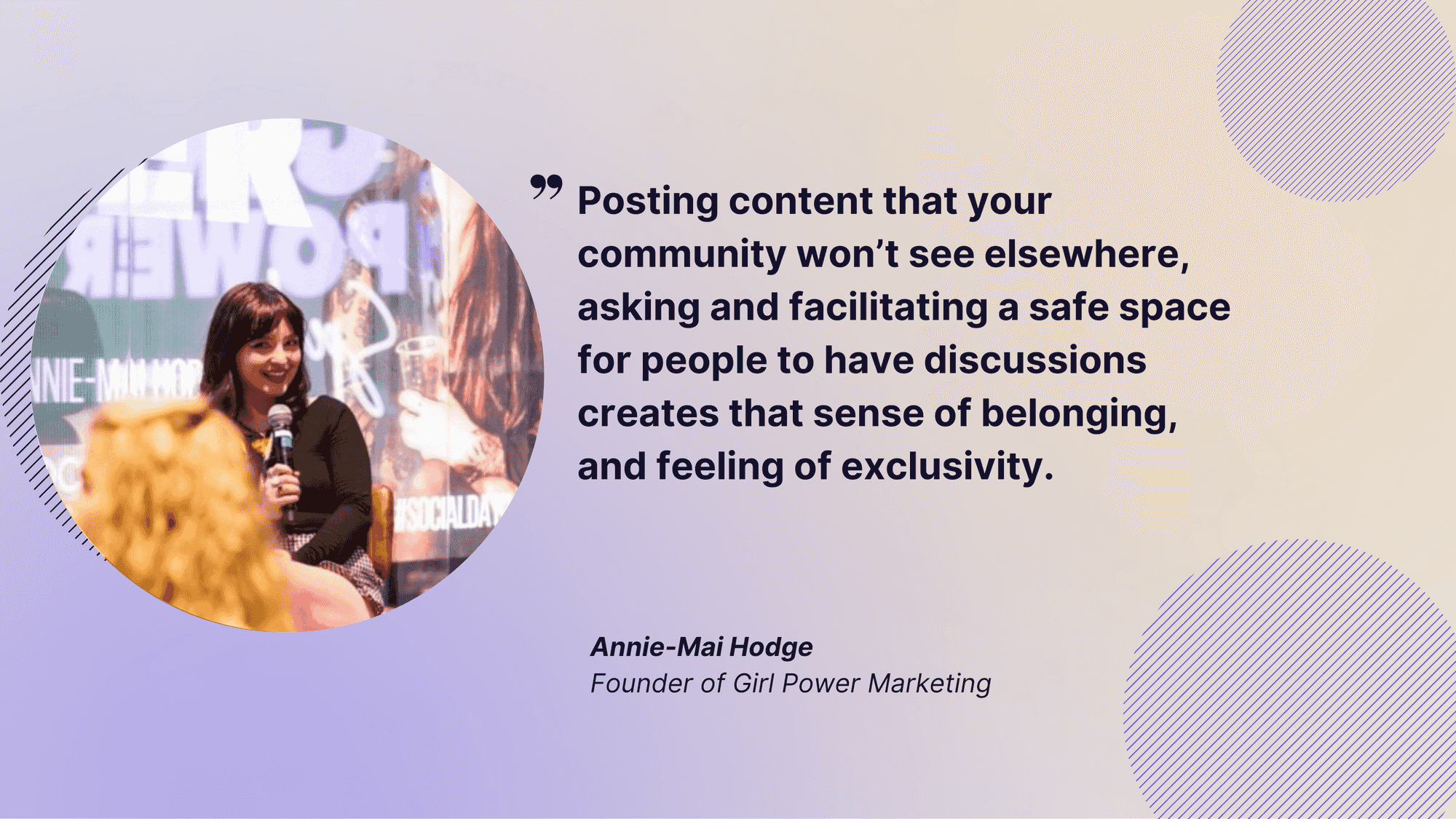
Here are six reasons why brands should use non-paid posts:
Spark conversations and build new business relationships
Building strong relationships with any audience takes time and consistent effort. Organic social media is sustainable long-term as it won’t break the bank.
An organic social strategy is often slower to reach business goals, yet the benefits are well worth it! It’s a chance to connect with potential customers on a personal level, it is not just a sales pitch!
A dedicated social media manager who knows your brands, understands your voice and can speak to your audience is a must-have to execute a social media strategy.
Get discovered by new fans
It allows a brand to be visible online 24/7. By consistently creating engaging content, brands can increase their reach to connect with new audiences who might not have known they existed. Even though sometimes reaching everyone can be tricky, it is still a powerful discovery tool.
Show off brand personality
Social media isn't just about showing off products and going for the sale. It's a chance for the brand to share its story, what it stands for, and the incredible people behind the scenes.
Brand personality connects brands with audiences on a deeper level. It builds trust, especially with well-thought-out, well-crafted organic posts.
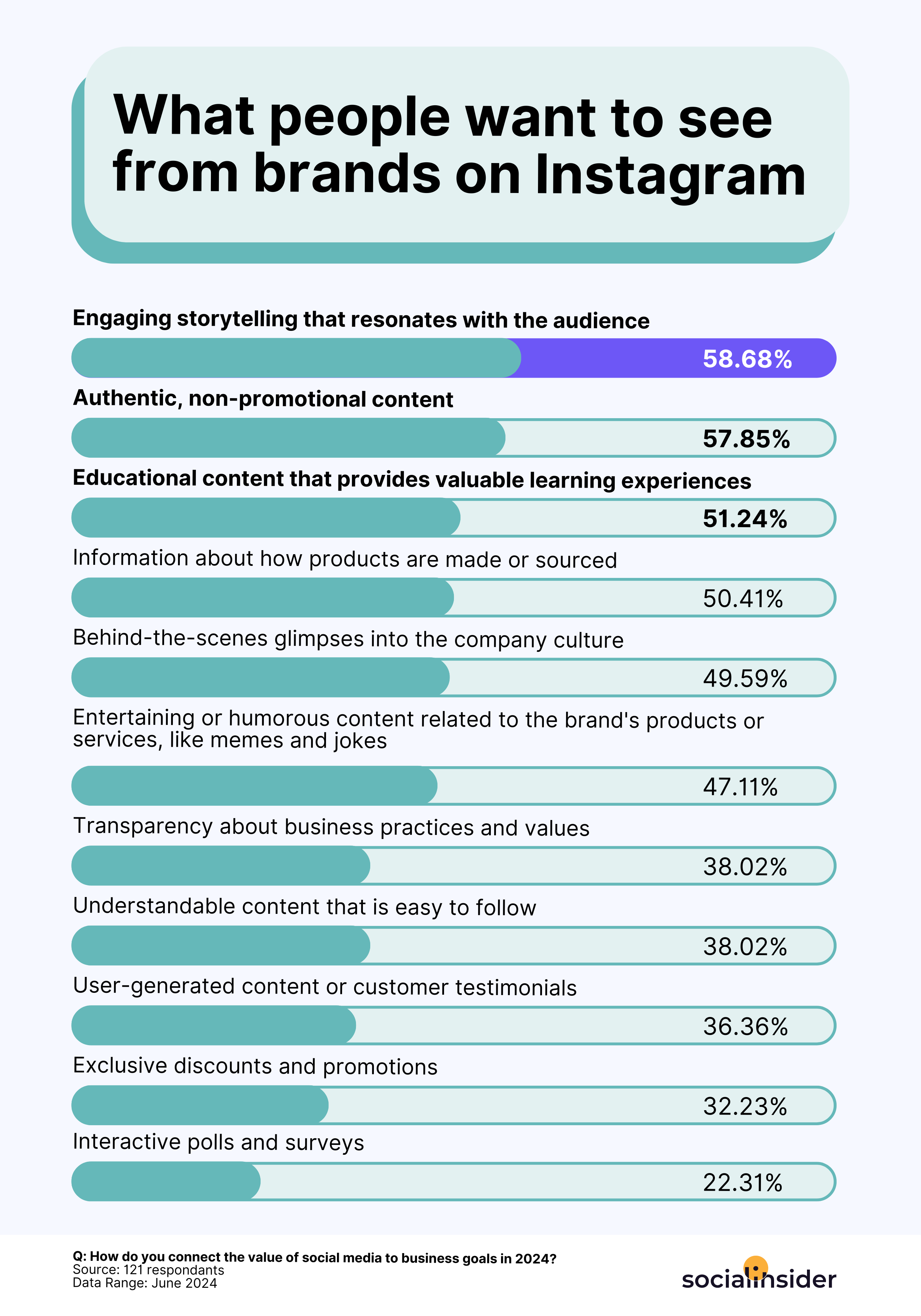
Drive traffic to a website or landing page
While organic social media gives you leads, not sales, it is a great way to get people interested in the brand into a sales funnel.
Social media is ‘borrowed land’; thus, gaining access to your growing community outside of social media is paramount.
Engaging content can spark curiosity and lead people to check out your website or online store. While organic content doesn’t usually sell, you can use social media to promote special offers or contests, giving people another reason to visit your website.
Get to know your audience
Social media is a fantastic way to get to know your audience more intimately!
You can gain valuable insights by measuring your organic social media performance and looking at how people interact with your posts, what they're talking about, and who your followers are (think age, interests, etc.). Use this knowledge as a secret weapon to help you create even better content and marketing strategies in the future.
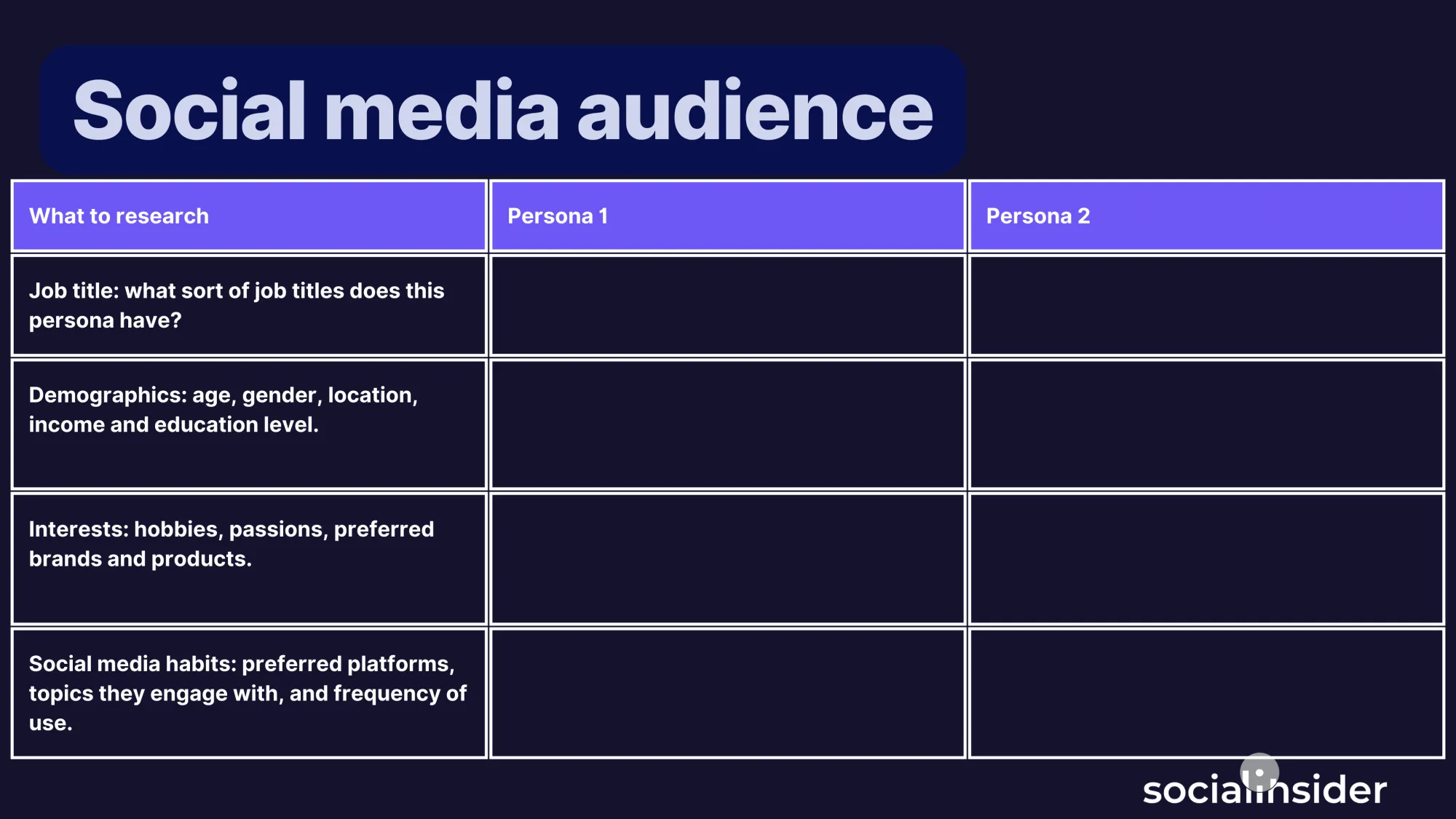
Save money
When comparing organic social media vs paid social media, non-paid social media is a great way to market your brand without destroying your budget.
Creating high-quality content and strategically using the platform can achieve great results without breaking the bank. This makes it a win-win for brands of all sizes, especially those just starting on their social media journey.
Example of organic social media posts
Examples of organic social media activities are everywhere. Open your mobile phone and instantly access millions of posts.
Here are examples of particular organic posts that have stopped my scrolling and with which I’ve interacted recently. These examples of organic content represent the things I care about and thus sparked my interest.
Example of organic content on LinkedIn
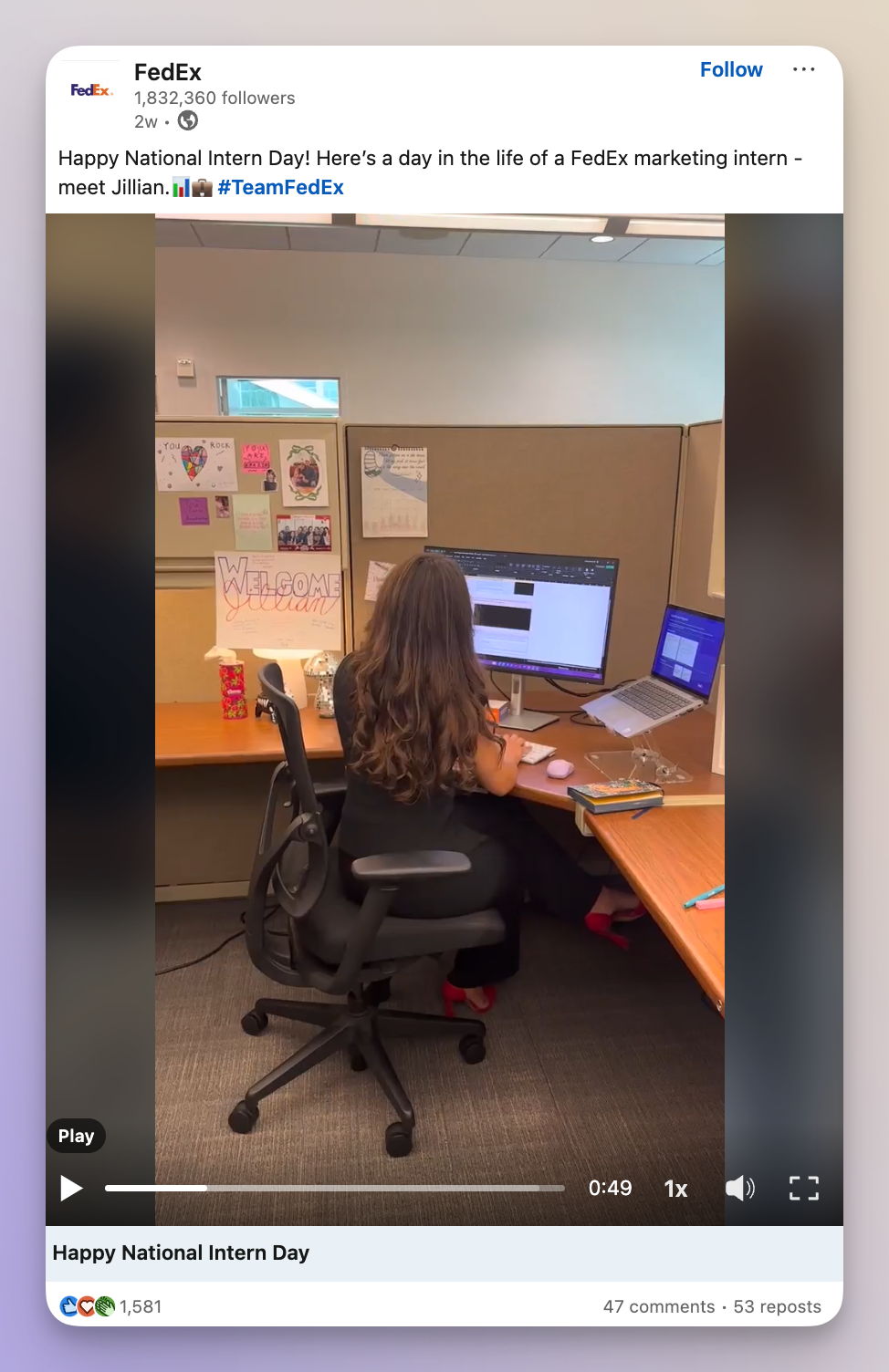
Five reasons I saved this LinkedIn post by FedEx:
- Humanizes their brand
- Shares behind-the-scenes videos
- Shows company culture
- Educational for those looking for a new job or career
- Clear call to action
Example of organic content on Instagram
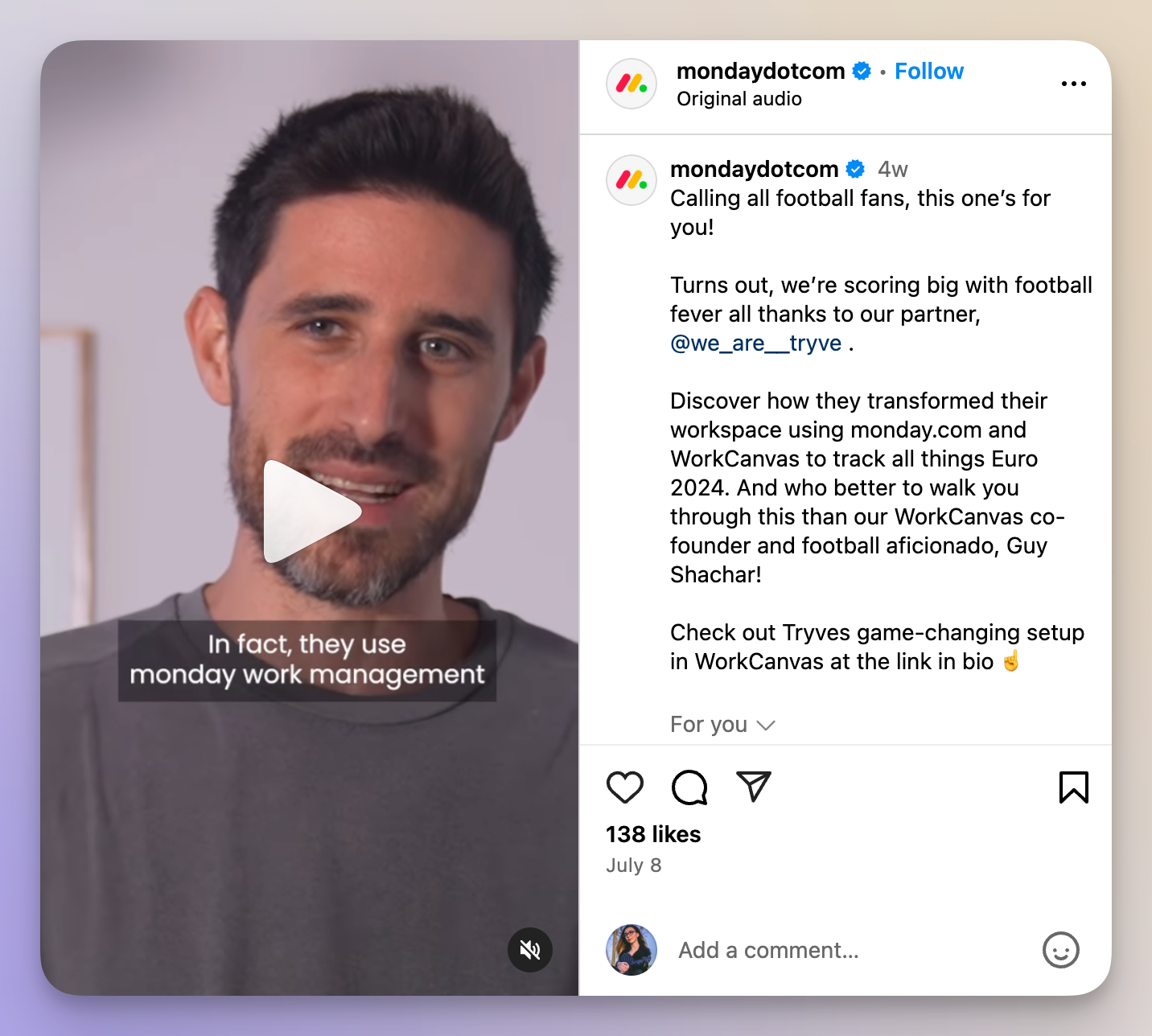
Five reasons I saved this Instagram post by Monday.com:
- Highlights customer success
- Shows off the use of the product
- Leverages a relatable topic (soccer)
- Cover a trending topic (Euro2024)
- It's a collaborative post
Example of organic content on Facebook
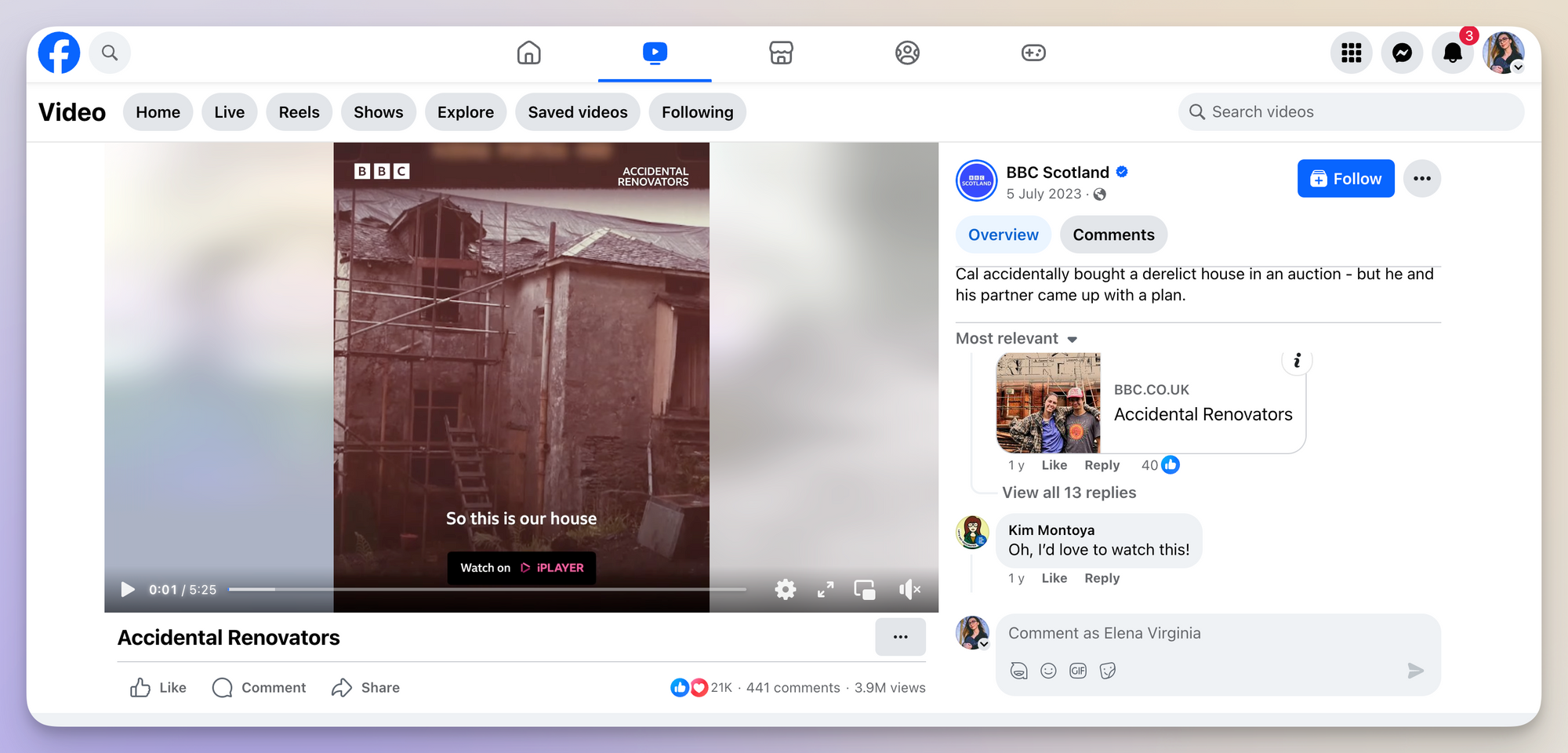
Five reasons I saved this Facebook post by BBC Scotland:
- It has a great title and hook.
- It piqued my curiosity.
- It's relatable.
- It features humans!
- It embodies great storytelling.
Example of organic content on TikTok
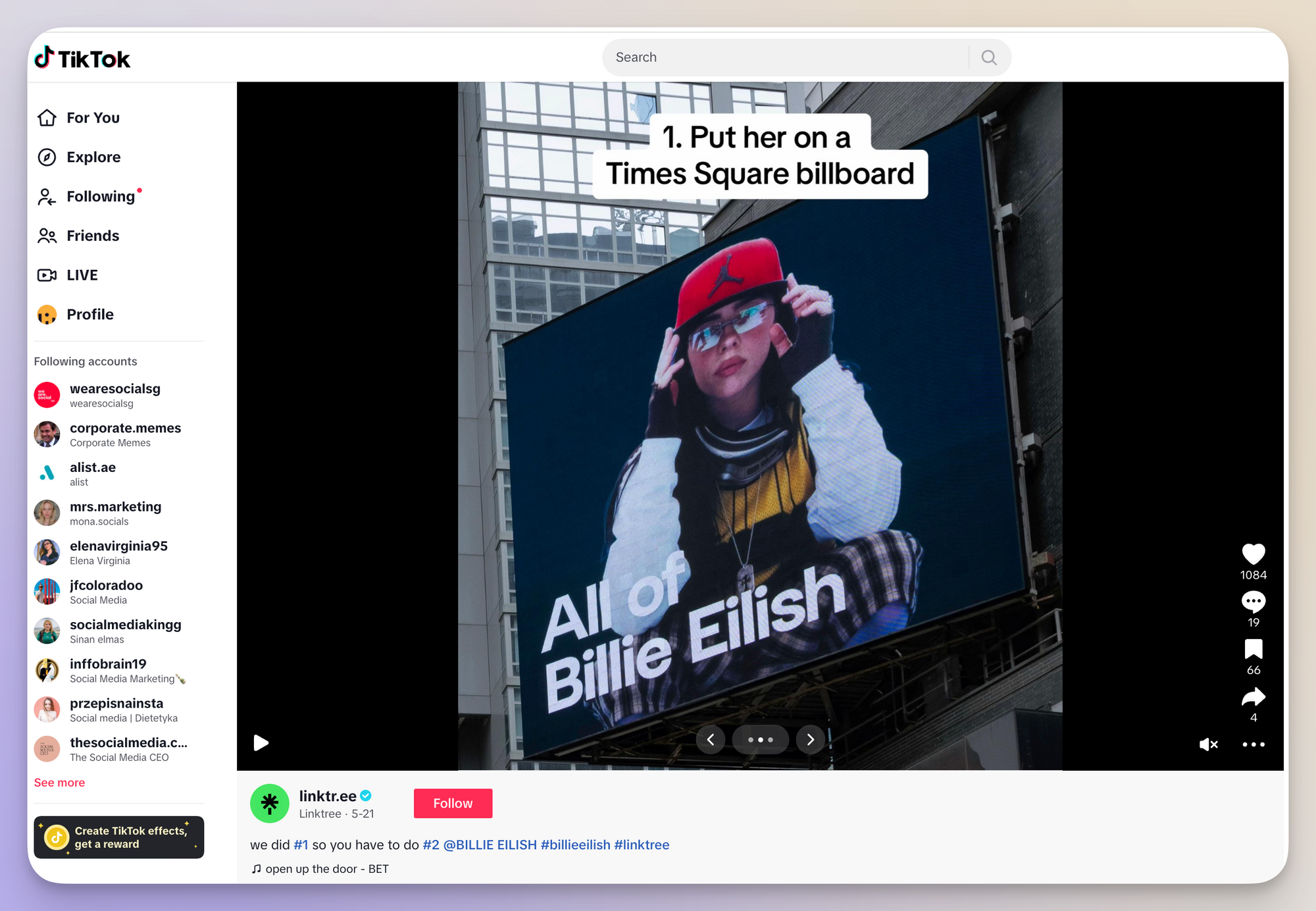
Five reasons I like this TikTok post by Linktr.ee:
- It covers a trending topic
- It uses a big gesture to get attention
- Influencer/Celebrity collab
- It is creative
- Clear call to action
Example of organic content on YouTube
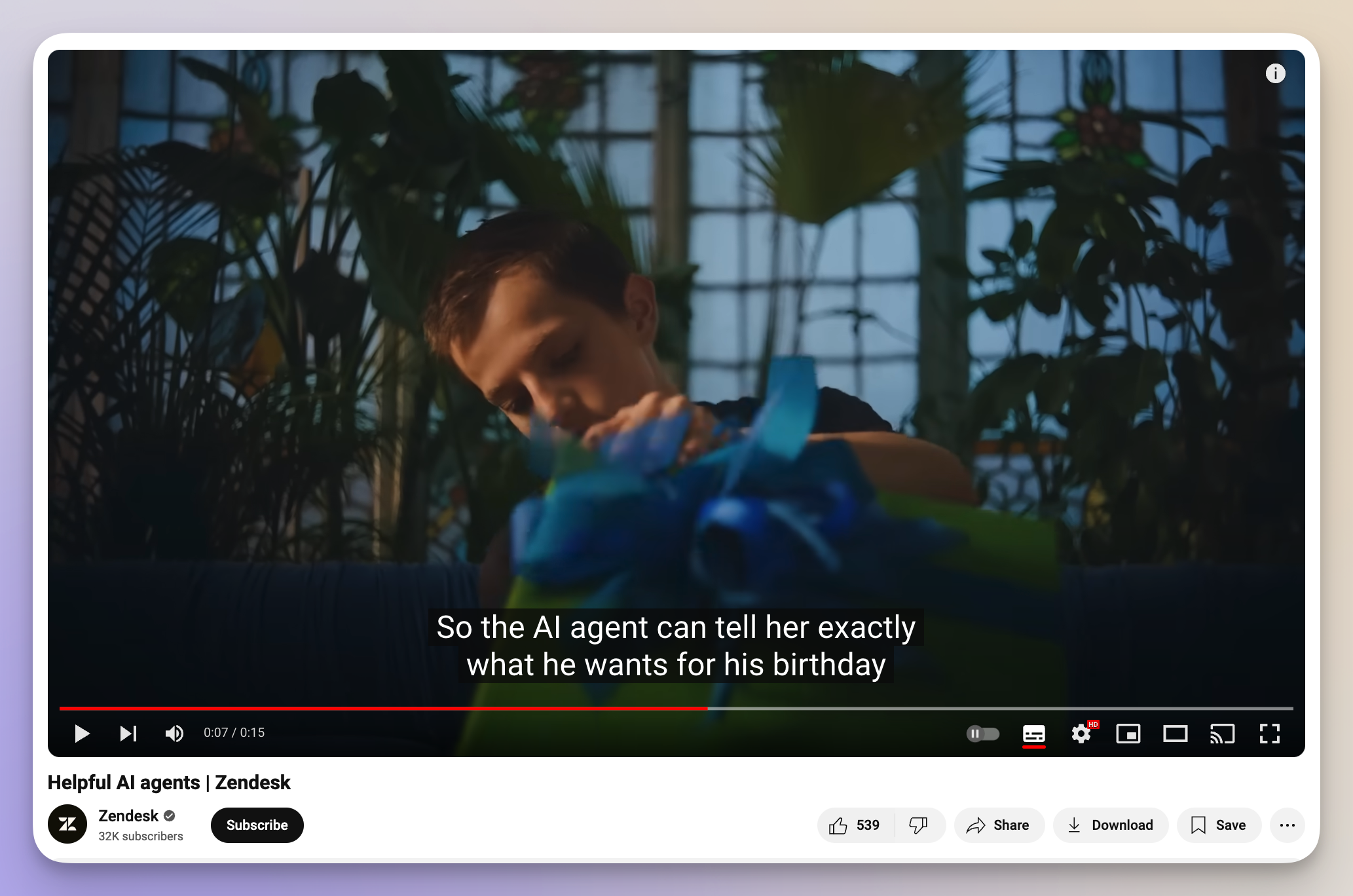
Five reasons I like this YouTube post by Zendesk:
- Oh-so relatable
- Hits a pain point
- Highlights partnerships
- Great storytelling
- Funny
Where can you find inspiration for your organic post ideas?
Inspiration for organic social media content is everywhere and on any social platform. To efficiently harness ideas and inspiration, content teams need a centralized, accessible, and time-saving system to identify, share, and discuss content strategy.
If your team relies on saving posts individually and sharing them via DM, this process is prone to lost information and makes identifying trends and patterns across platforms more difficult. Imagine having all your content inspiration in one place!
By adding competitor business pages to the Socialinsider dashboard and organizing them by industry or brand, you can easily access and analyze their posts. This centralized approach streamlines the process, allowing for efficient exploration and identification of high-performing organic content formats.
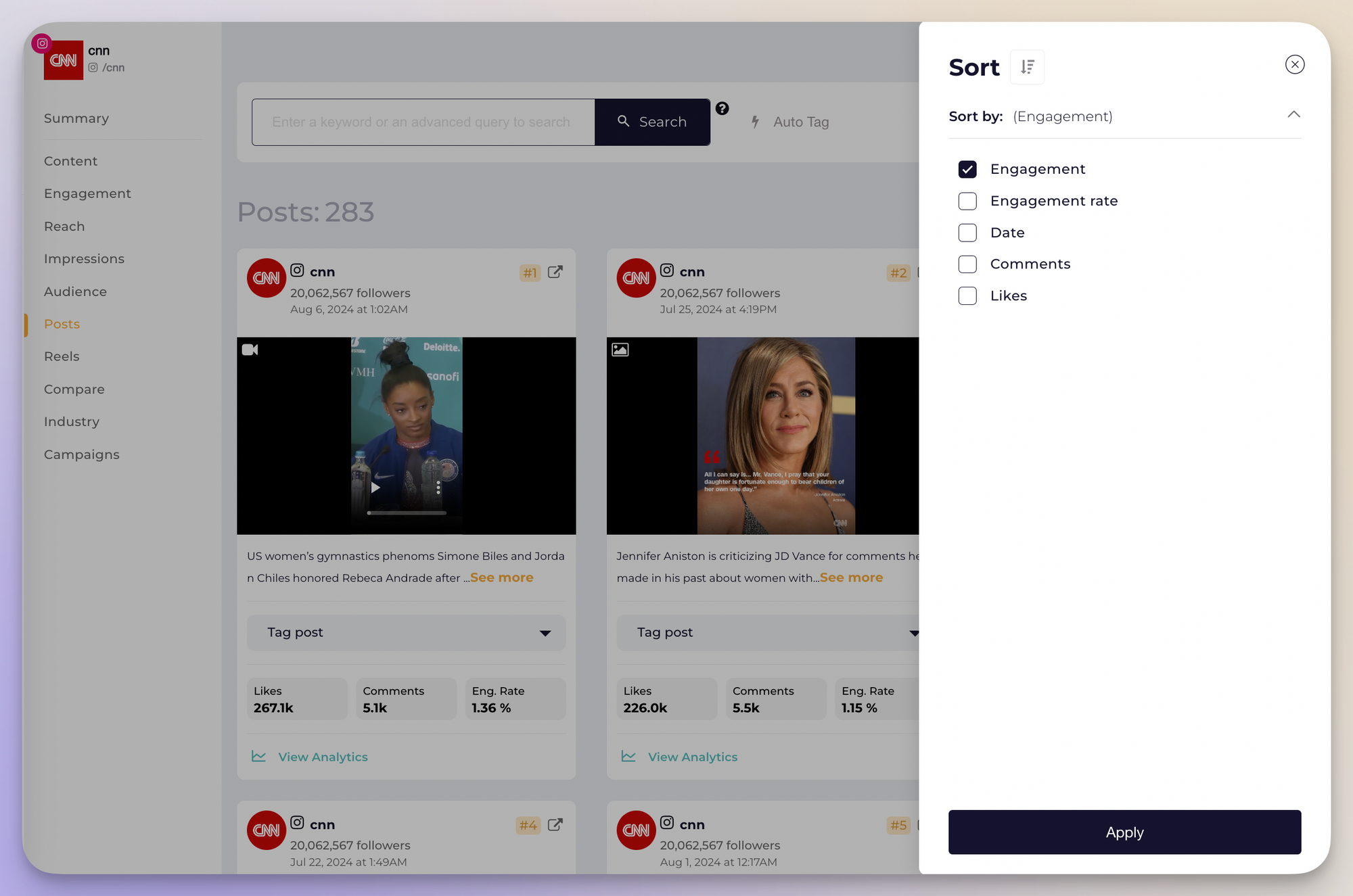
TIP: Sort posts per social media platform when looking for patterns and trends.
8 tips for an effective organic social media strategy:
#1. Use multi-image posts to get more engagement
According to our LinkedIn benchmarks study, multi image posts spark curiosity ‘to see more’ and keeps your audience engaged with your content longer. Both of these actions signal the LinkedIn algorithm that your content is worth seeing, giving this type of content more weight, and pushing it out to be seen by more people.
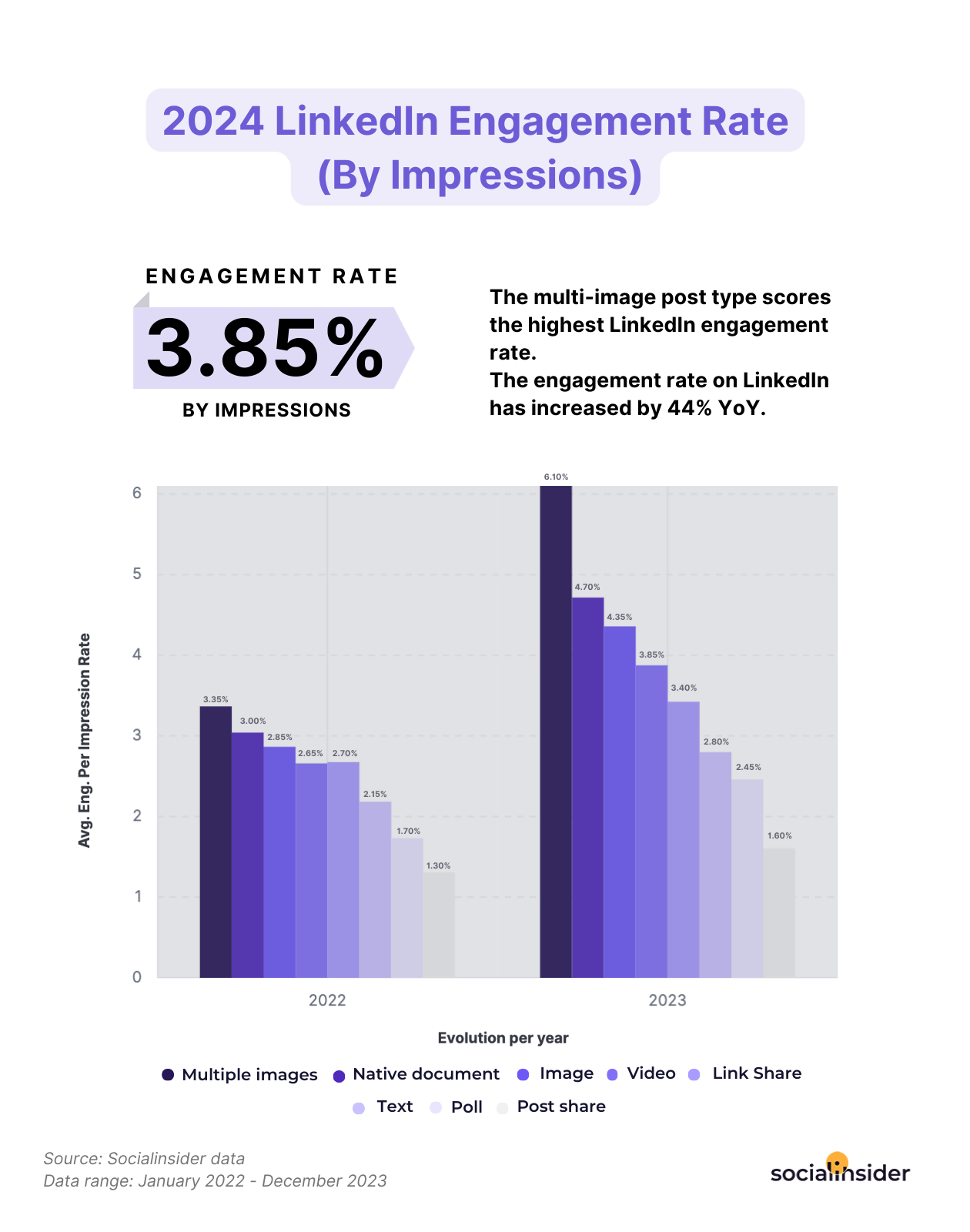
#2. Create short-form videos to drive more impressions
73% of consumer prefer short-form video to search for products and services. 60% of short-form videos are watched for 41% to 80% of their total length. Short-form videos drive massie organic impressions, far surpassing the average organic reach for a Facebook post!
#3. Create zero-click content on social
People want to be entertained. They don’t want to be sold to on social media. Therefore, creating content that is binge-worthy vs content that sells has a clear winner for success.
Make people laugh or cry, have them like, share and save your content. But don’t ask for the click without providing value first!
#4. Integrate memes into your social strategy
What is there to laugh about? Everything! If you meme-game is on point, your social media will be seen, talked about and shared. Create memes as part of your strategy.
#5. Feature brand personalities such as employees, c-level management
For brands, humans are their greatest assets, yet not all brands utilize humans in their marketing strategy. Get staff and management in on the fun and watch your social media posts take off!
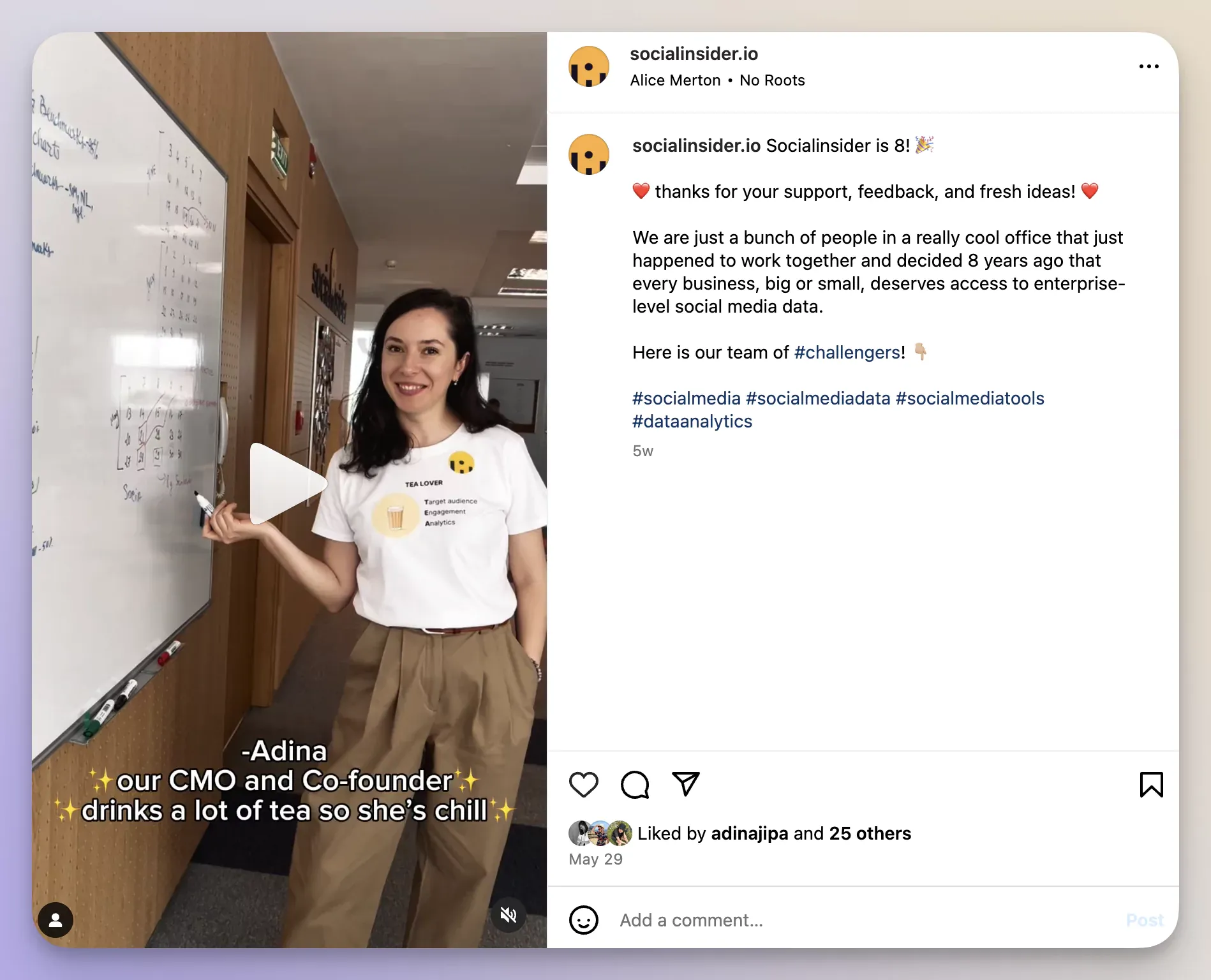
#6. Analyze organic social media performance
Analyze posts daily, weekly, or monthly; the frequency of analyzing your post data depends on the size of your audience and your posting schedule. The good, do more; the bad, do less. Keep testing!
#7. Build brand communities
Community building is an important part of any marketing strategy. Where you build a community depends heavily on the avatar of the ideal customer.
Build a community on the platform where the audience currently is, knowing once you’ve built it, they’ll move if needed.
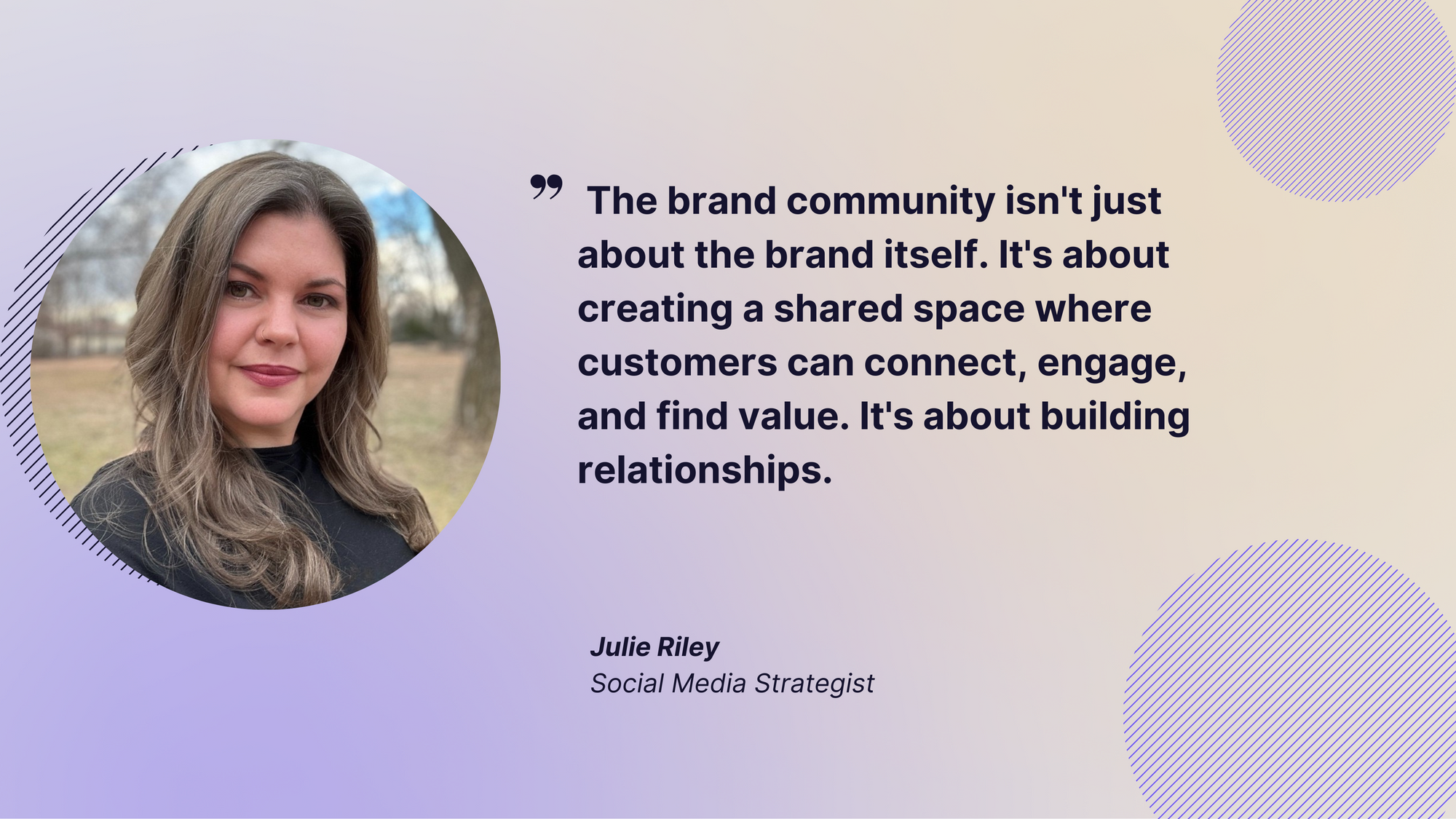
Building a brand community is a long-term commitment. It requires ongoing efforts to engage, nurture, and grow the community, focusing on creating lasting relationships rather than short-term gains. This will require consistent communication and meaningful engagement.
You need to listen to your audience, respond to their needs, and create content that resonates with their interests. The brand community isn't just about the brand itself. It's about creating a shared space where customers can connect, engage, and find value. It's about building relationships. - Julie Riley, Social Media Strategist
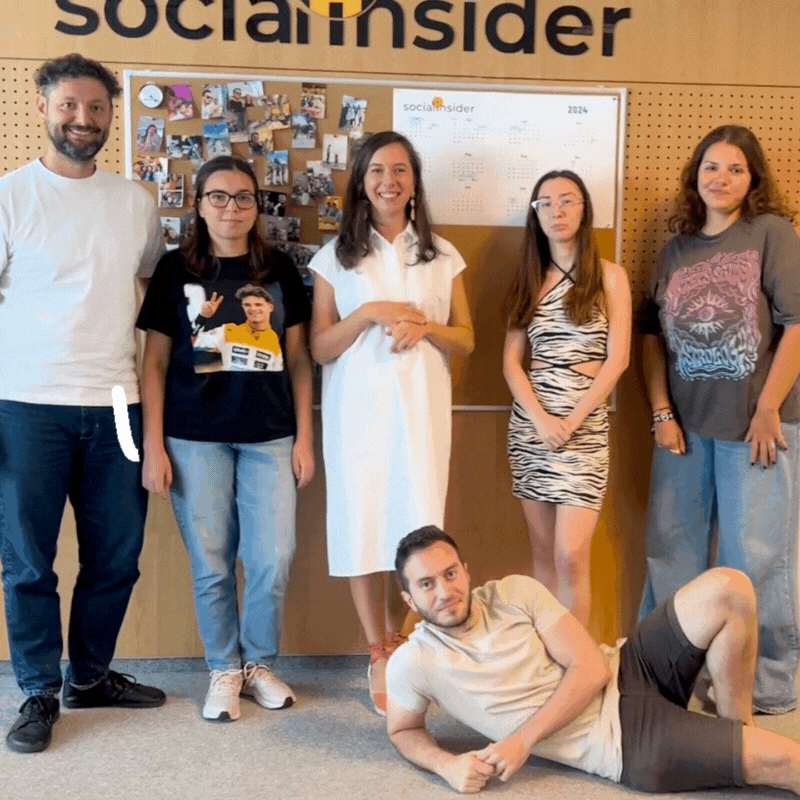
#8. Collaborate with social media experts or influencers
Social media experts and influencers have the ear of their audience. Their buying decisions become the buying decisions of their audience.
Their habits become the habits of their followers and fans. Keep this in mind when reaching out and collaborating with experts and influencers; make sure their audience overlaps with your ideal and target audience.
What is paid social media?
Paid social media is the strategic use of advertising on social platforms to amplify content reach and drive specific actions.
Unlike organic social media, paid campaigns require a financial investment to boost visibility and social media engagement.
The downsides of organic social media and thus the upside of paid efforts in social media marketing allow the marketer access to one major feature not easily found in traditional social media marketing.
Paid promotion of posts offers precise targeting options, enabling brands to reach specific demographics, interests, and behaviors within their target audience.
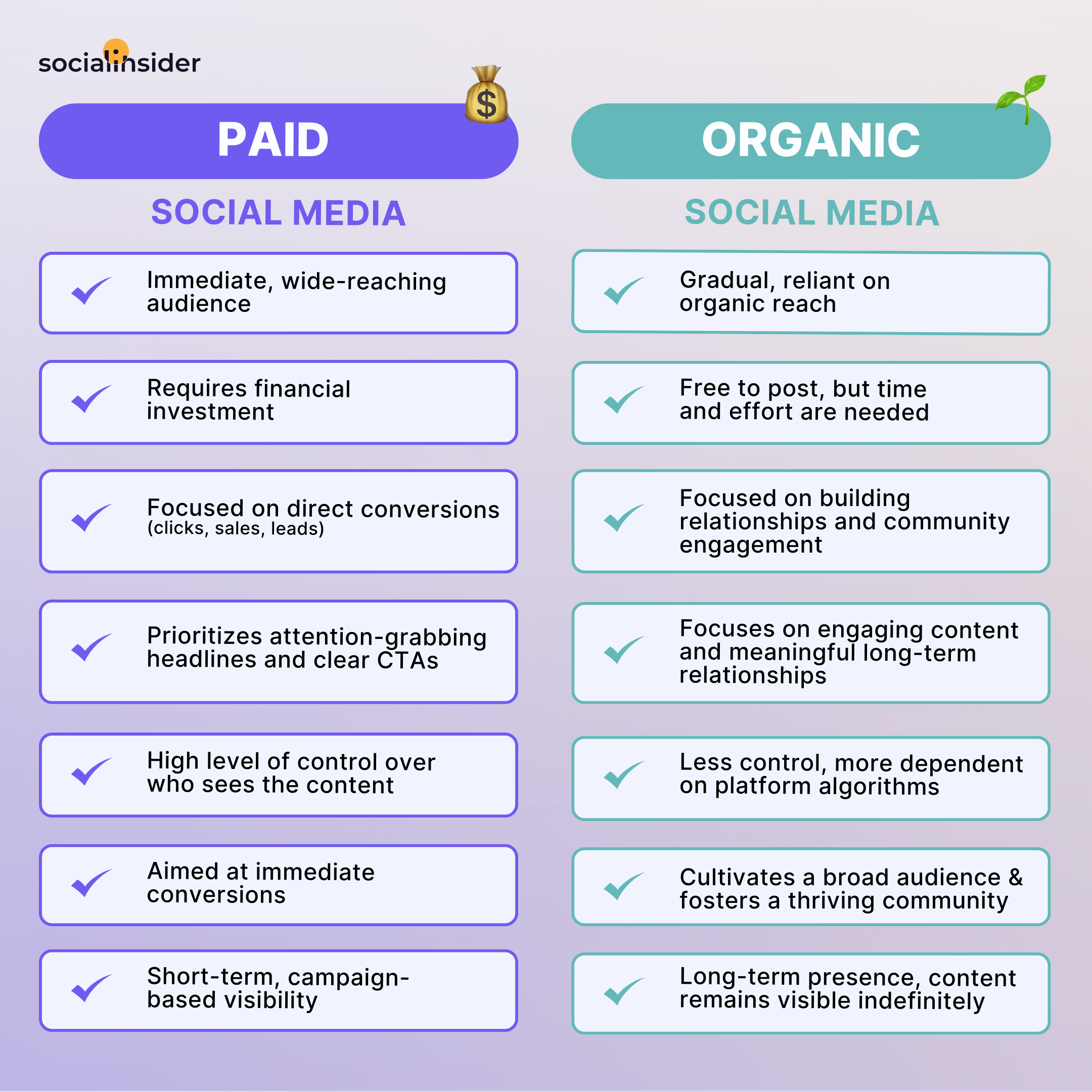
Paid social media ads prioritize clear and concise messaging with a strong call to action (CTA) to encourage immediate user response. Unlike traditional posts that focus on building relationships, paid ads are designed to drive conversions.
Favorable conversions include website clicks, purchases, or lead generation. The effectiveness of paid social media campaigns is often measured by key performance indicators (KPIs) like click-through rates (CTRs), cost per click (CPC), and return on ad spend (ROAS).
While traditional social media focuses on building a community over time, paid social media offers a faster path to reach specific social media goals. By combining paid and organic social strategies, brands can maximize their social media impact and achieve great results.
The benefits of paid social media
Paid social media is a fast way to reach your target audience and achieve specific marketing goals vs. traditional social media, and it takes time and consistent posting.
It offers instant gratification and precise control over who you target and what they see in their feed. An investment in paid advertising is a foolproof way for brands to quickly increase their visibility, expand their reach, and drive tangible results.
Brands who have team members skilled in both organic and paid strategies have a clear advantage as they have the skills needed to analyze organic and paid content, allowing them to take the best content from both paid and organic social to amplify their message.
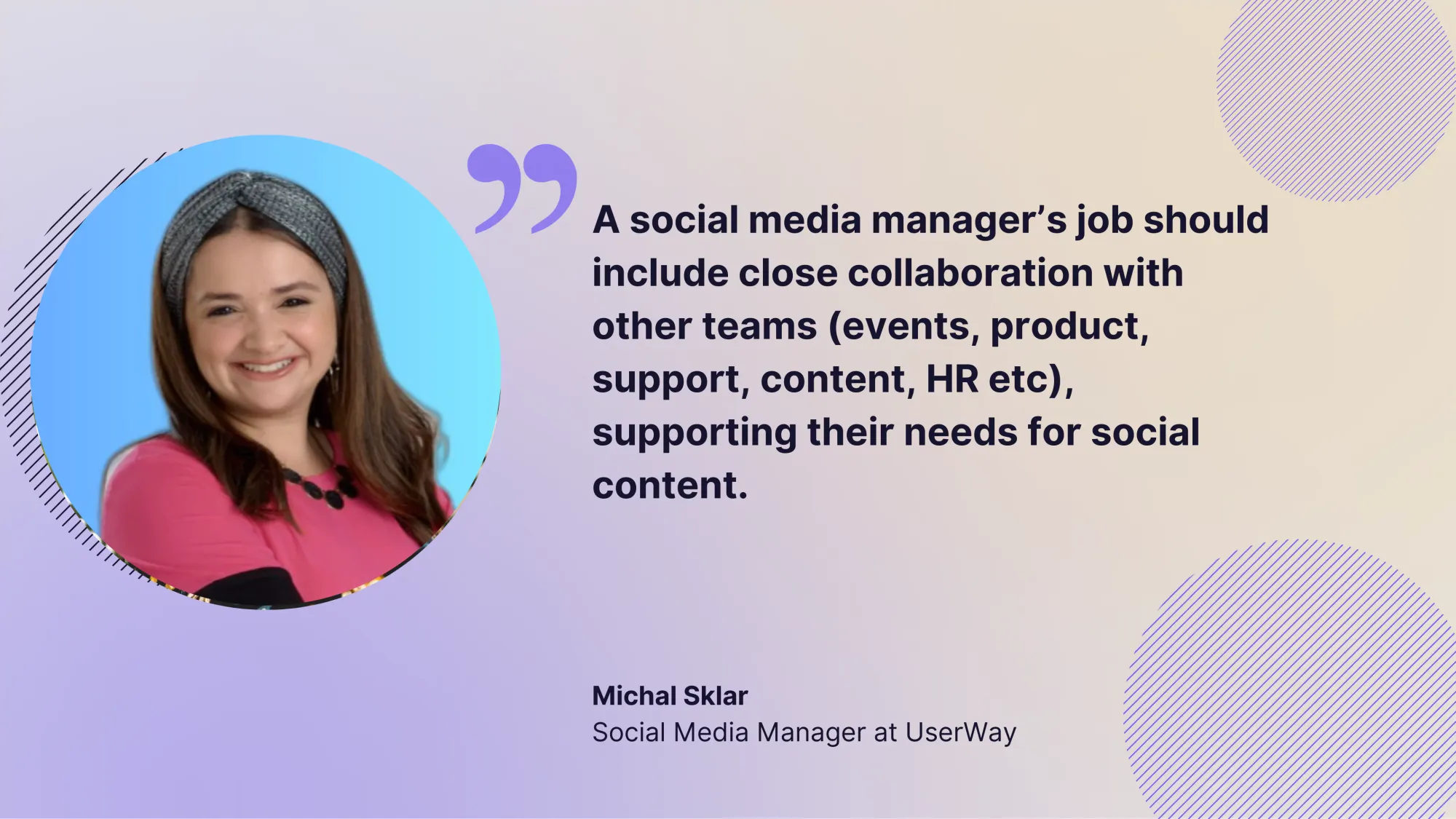
Paid ads facilitate access to more targeted audiences
One of the biggest advantages of paid media over organic is the ability to target specific demographics, interests, and behaviors. This hyper-focused approach ensures that the right people see the ads, maximizing chances of conversion.
Paid social media platforms provide detailed social media analytics and performance metrics, allowing you to track your paid social media efforts and the effectiveness of your campaigns. and make data-driven decisions and adjustments.
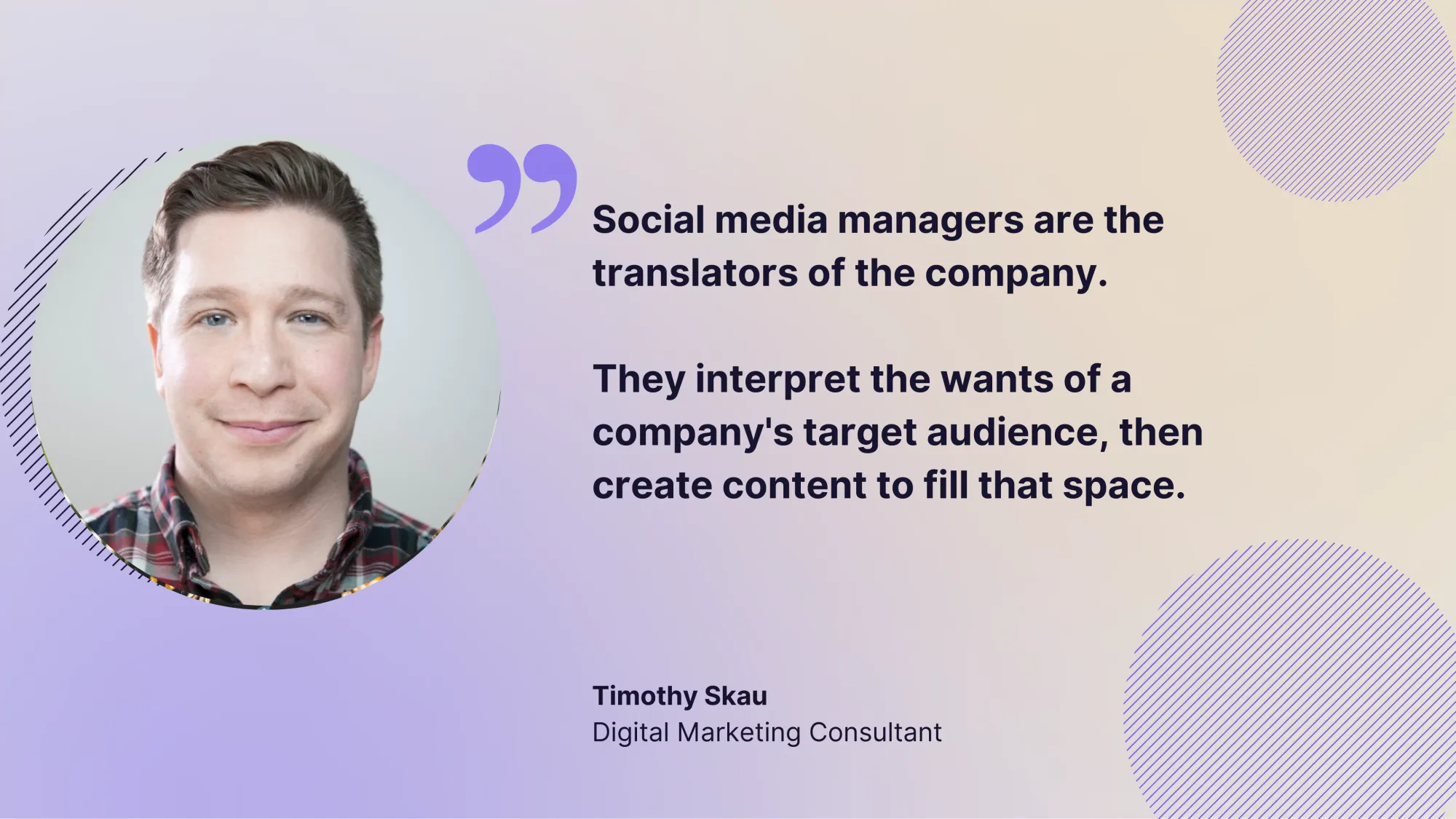
Paid advertising delivers faster results
The speed at which paid social media can generate results is another difference between organic and paid social media. Paid ads can deliver immediate traffic, leads, and yes, sales. This makes paid social media an ideal channel for time-sensitive campaigns, promotions, or product launches.
While non-paid media is essential for building long-term relationships, paid social media complements these efforts by accelerating growth and delivering measurable outcomes.
In other words, by combining organic and paid strategies, brands can create a powerful and comprehensive social media presence: paid media makes organic content strategy stronger, and organic content provides an early testing ground for paid campaigns.
As stated, organic plus paid social media is a powerful combination. However, in order for organic and paid to work together and see success, you need a skilled social media strategist and cooperation from the organic and paid media teams for the full integration of paid and organic strategies, and to keep all the balls in the air!
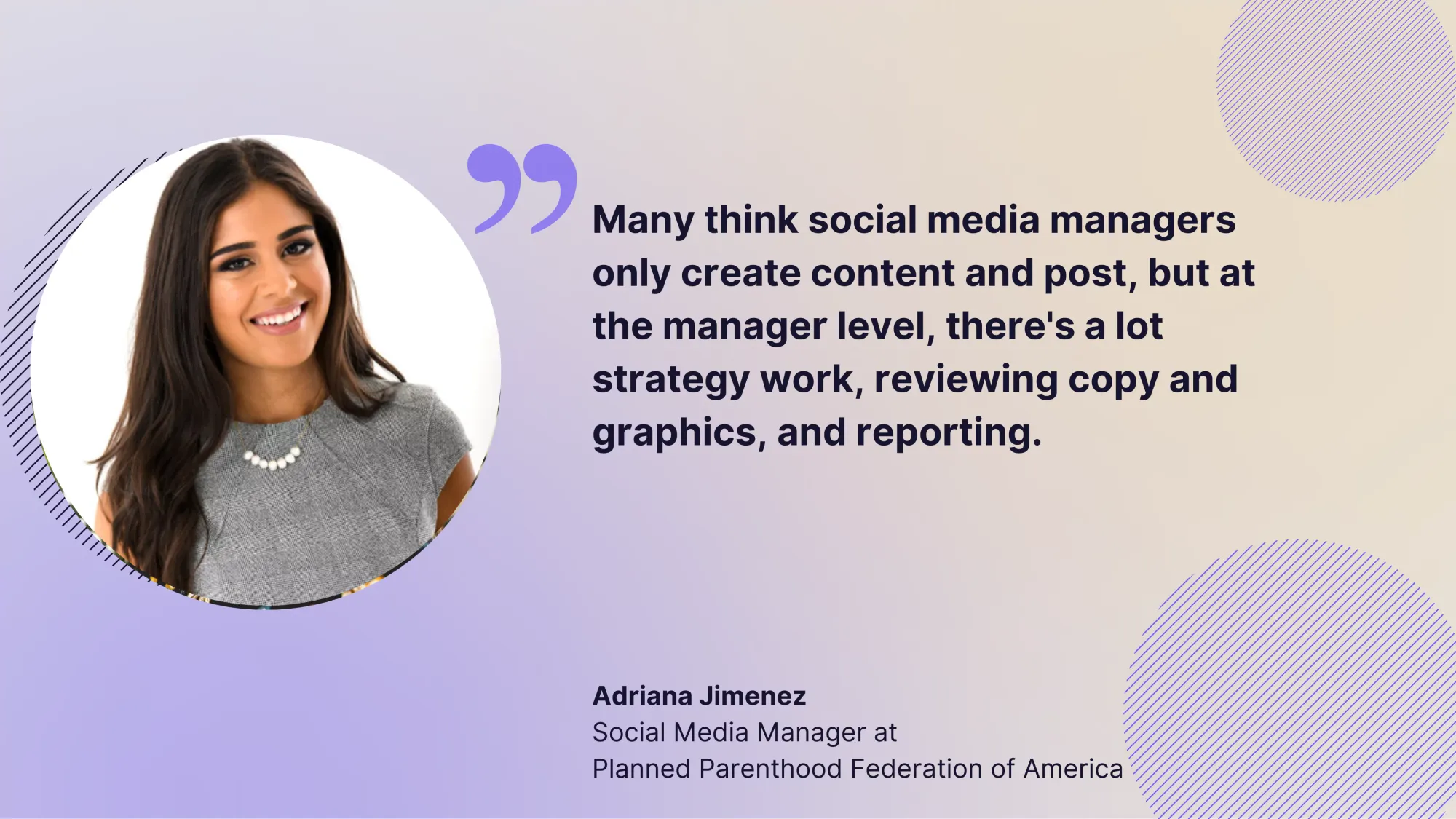
Paid social advertising accelerates business growth
Paid social media is a strategic investment that empowers brands to accelerate business growth, especially if they experience declining organic reach.
Unlike organic social media, which relies on gradual audience building, paid social media offers a more direct pathway to reach a wider audience quickly and effectively.
Recommended is to take data from both organic and paid strategies and determine which portion of the marketing budget should be reserved for paid advertising.
Whether it's driving website traffic, generating leads, boosting sales, or increasing brand awareness, paid social media offers the flexibility and control to achieve diverse marketing goals. By carefully crafting compelling ad creative and optimizing targeting parameters, brands can maximize their return on investment and achieve measurable results.
Examples of paid social media content
While social media posts are only a quick search away, finding examples of paid posts is usually a bit more challenging unless you know how and where to access platforms’ ads libraries.
Example of paid content from Meta
Take a peek at Brooks Running ‘Let’s Run There’ paid campaign on Meta.
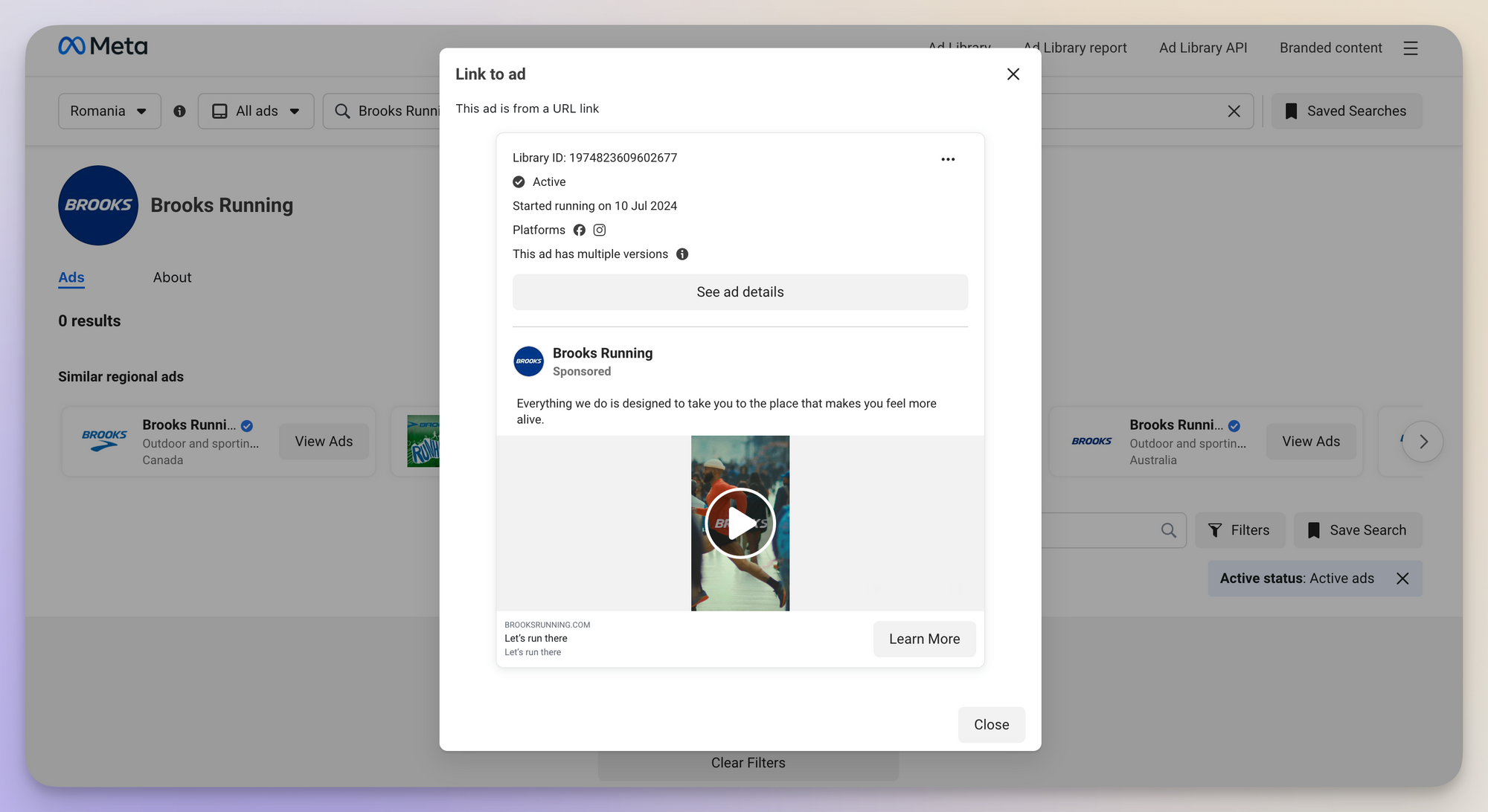
Reasons I like this ad campaign:
- Features real people, not professional athletes
- Recognizable tagline
- Short videos leave you wanting more
Example of paid content on LinkedIn
Check out Asana’s LinkedIn ads.
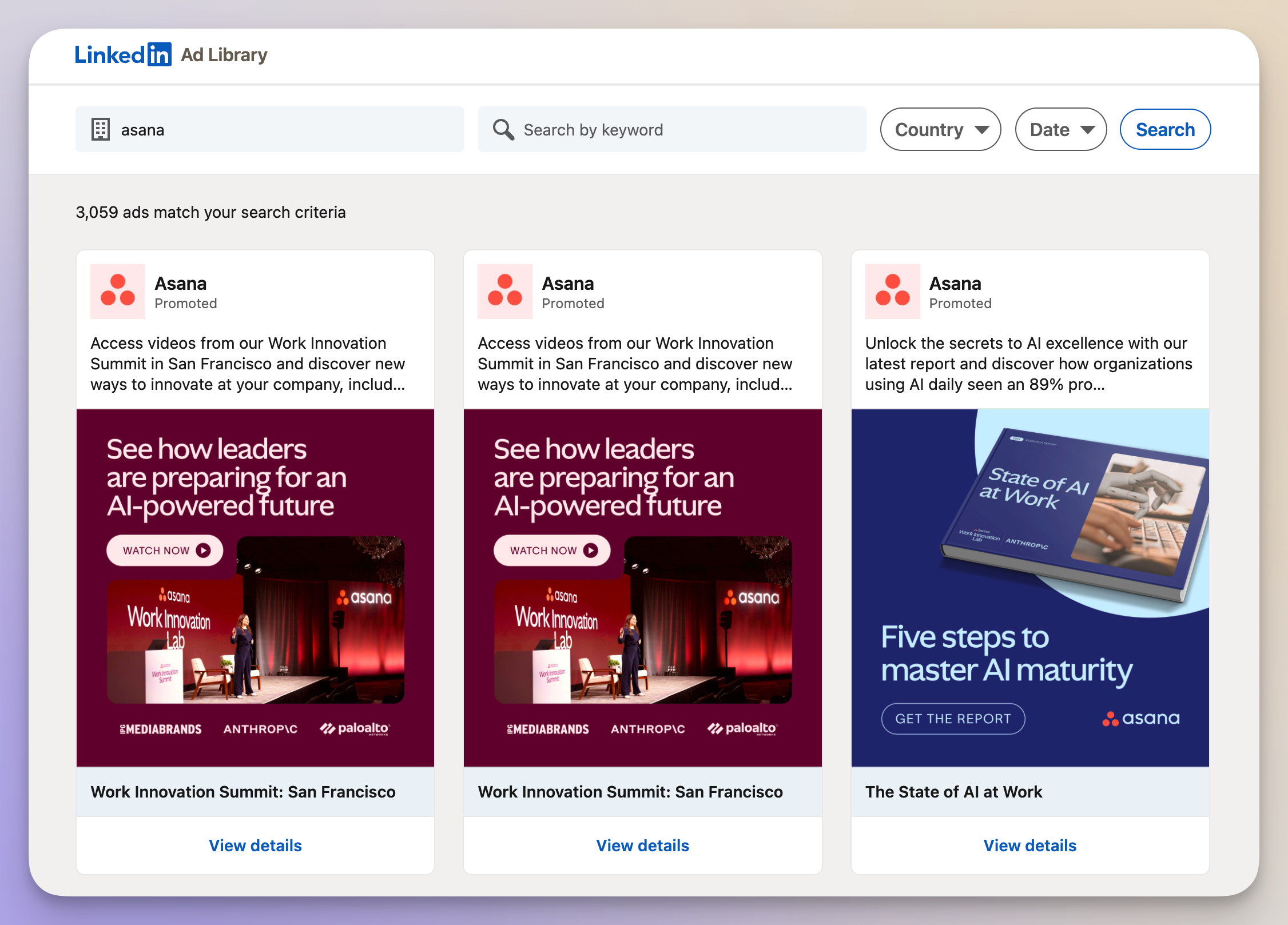
Reasons I like these ads:
- Recognizable ad series
- Clear call to action
- Relatable
- Usage of data in copy
- Created in multi-languages for targeting
Where can you find inspiration for paid social media campaigns?
Finding inspiration for your next paid media campaign is essential for creating engaging and effective ads. While sources of inspiration are countless, here are some key places to start:
Platform-specific ad libraries
- The Meta Ads Library is an invaluable resource for understanding ad formats, creative approaches, and targeting strategies on Facebook and Instagram. Ffilter ads by industry, objective, and placement to find relevant examples. Pay attention to ad copy, visuals, and calls to action that resonate with your target audience to find inspiration for your next campaigns.
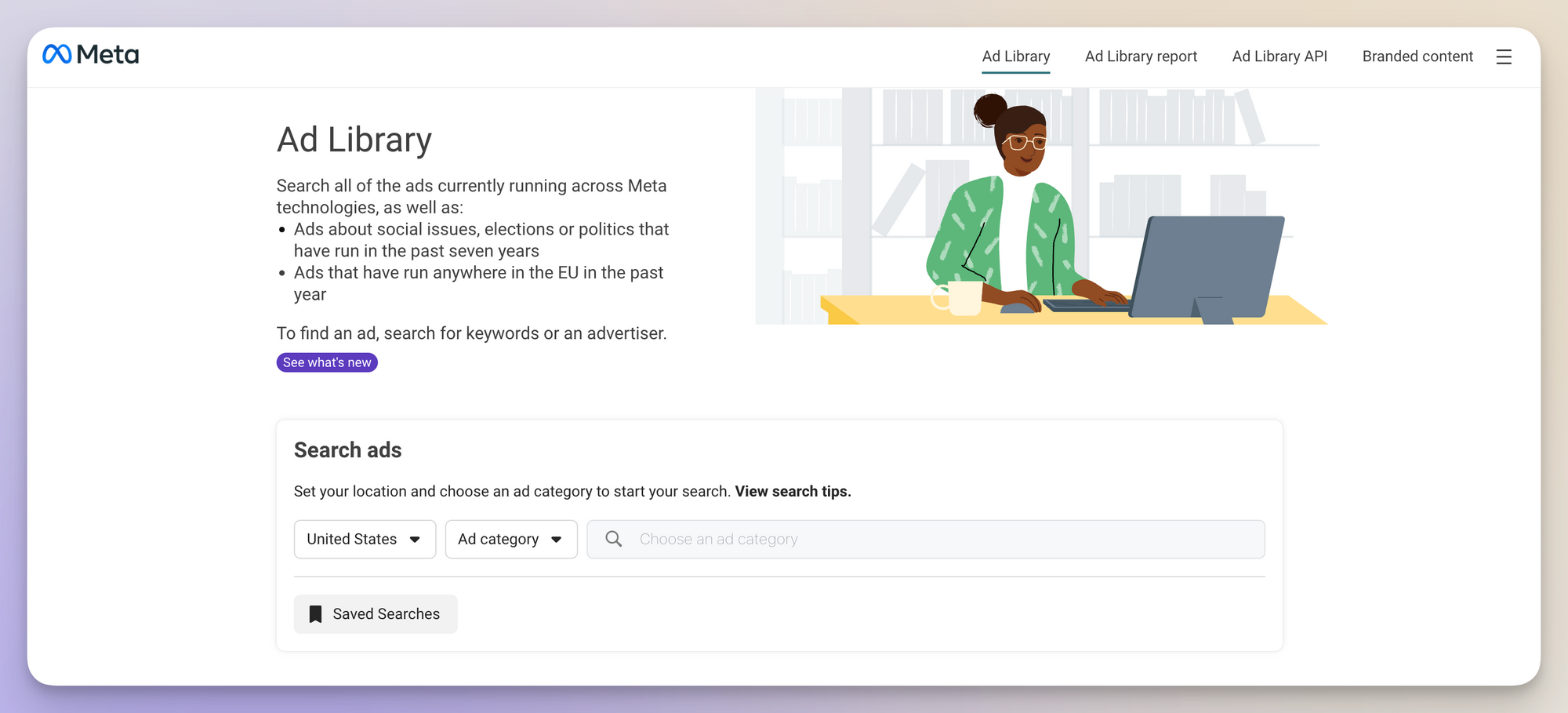
- As LinkedIn is a professional network, the ads in the LinkedIn Ads Library tend to be more focused on B2B targeting and lead generation. For inspiration for your next paid ad campaign, explore different ad formats, such as sponsored content, text ads, and video ads. Look at how other businesses in your industry position themselves.
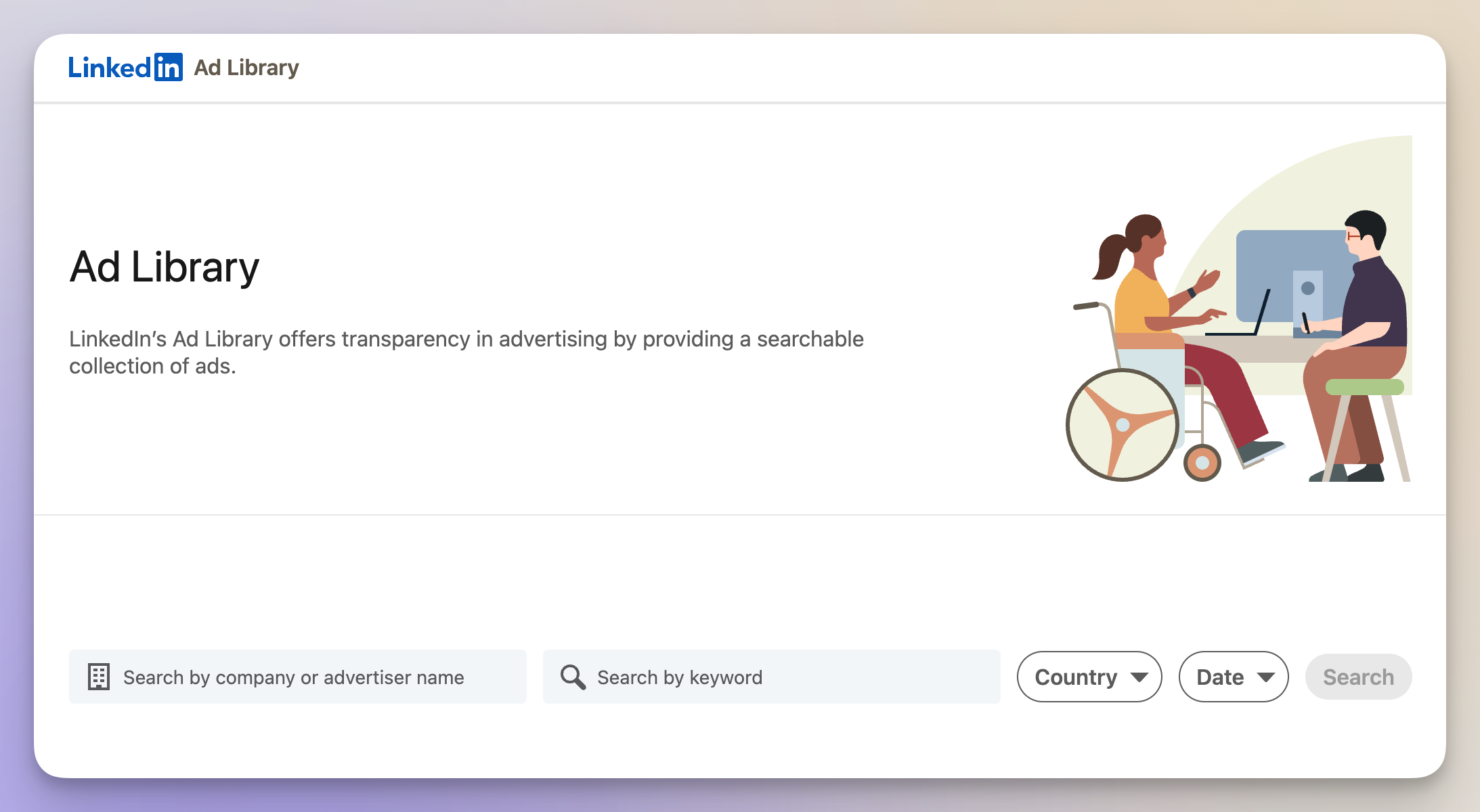
- TikTok is a platform dominated by short-form video content. Explore the creative possibilities of TikTok by analyzing successful ads in the TikTok Ads Library. Pay attention to TikTok trends, sound effects, and visual aesthetics that capture attention and drive engagement.
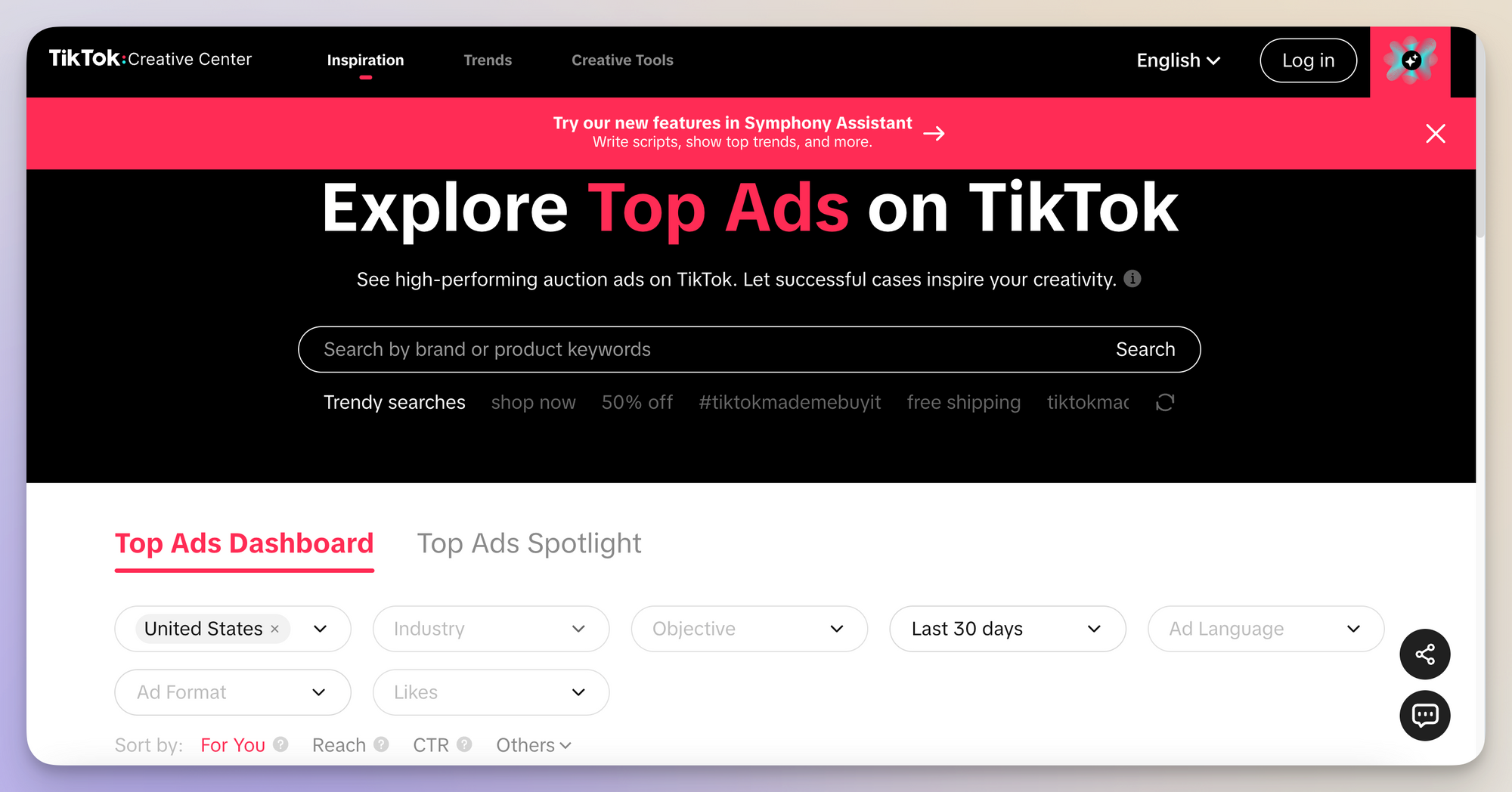
Competitor analysis: paid and organic
- Analyze your competitors' paid campaigns across different platforms. Identify their strengths and weaknesses, and look for opportunities to differentiate your brand. Pay attention to their ad copy, targeting, and creative elements.
- In the same manner, explore your competitors' organic social media content to understand their brand voice, messaging, and audience engagement. This can provide valuable social media insights into their overall marketing strategy and help you identify potential ad angles.
Industry publications and awards
- Stay updated on industry trends and social media best practices by reading advertising and marketing magazines. Publications like Adweek, The Drum, and Campaign often feature case studies and award-winning campaigns that can spark inspiration.
- Follow those who’ve created award-winning campaigns to identify innovative and effective approaches. Awards shows like The One Show and Cannes Lions, showcase a wide range of creative work across different industries.
Social listening and audience research
- Monitor social media conversations related to your industry and target audience. Identify social media trends, pain points, and opportunities to address customer needs through your paid campaigns.
- Insights gathered from customer surveys, reviews, and support interactions give you closer look and undertstanding as to your audience's preferences and challenges. Use these insights to create targeted and relevant ads.
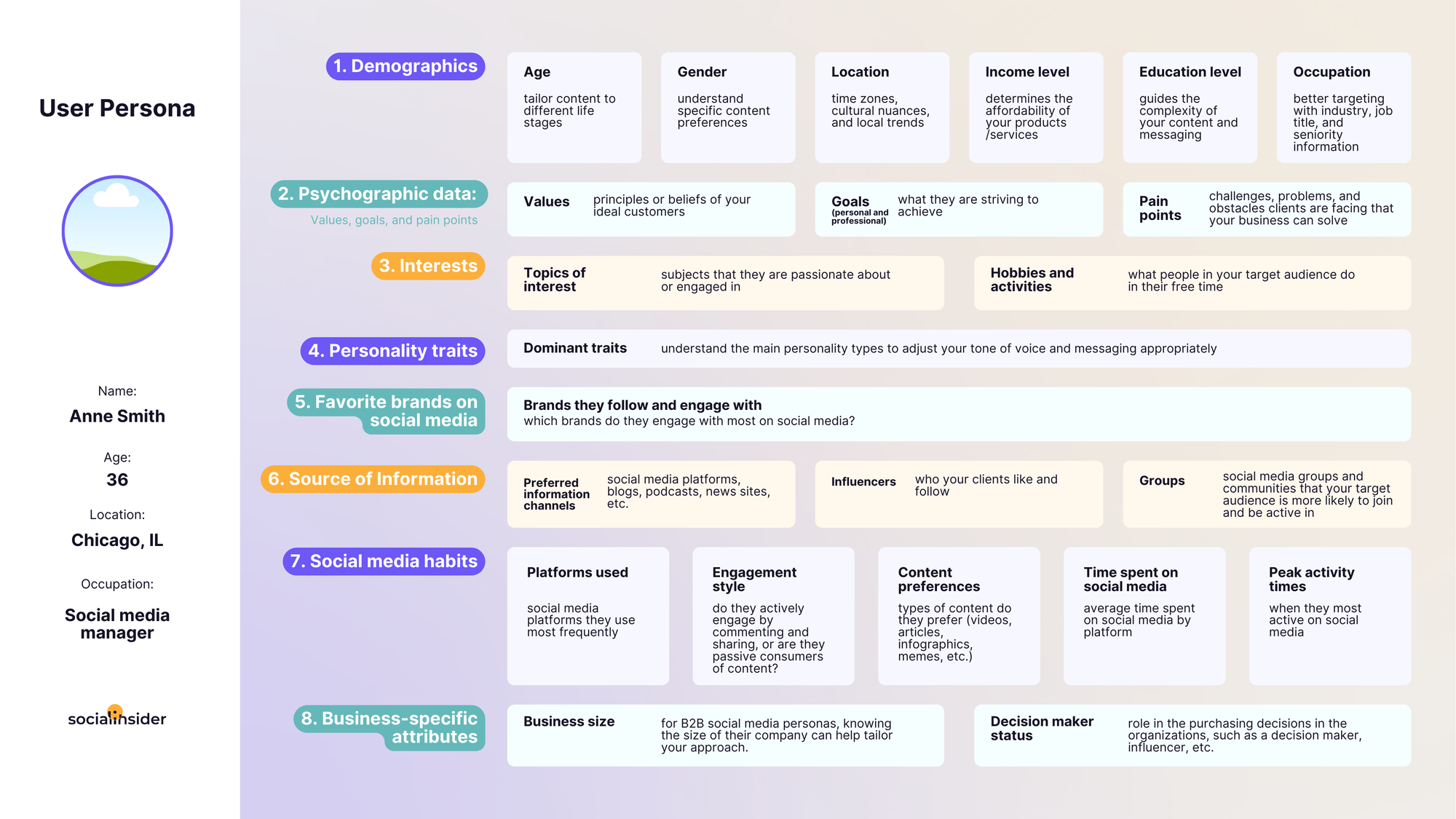
How organic social media and paid social media differ
Organic and paid social media are distinct yet interconnected components of a comprehensive social media strategy. While they share the same digital landscape, their objectives, approaches, and outcomes differ significantly, and it’s imperative to your overall social media success that you acknowledge, understand and celebrate those differences.
Social media is the cornerstone of building a loyal and engaged community. It's about cultivating authentic relationships, sharing valuable content, and fostering a sense of belonging.
Organic efforts are characterized by their long-term focus, as building trust and credibility takes time. While organic reach may fluctuate from time to time and can be slow to start, the impact on brand reputation and customer loyalty is invaluable.
Paid social media, on the other hand, is a performance-driven approach that prioritizes immediate results. It is about reaching a wider audience quickly, driving conversions, and achieving specific marketing goals, including making sales.
By investing in platform-specific and targeted advertising, brands can amplify their message and hold full control over who sees their content and who is excluded.
Unlike non-paid social media, which relies on algorithms and audience engagement, paid social media offers guaranteed visibility through ad placements.
While social media is about nurturing relationships and building a strong brand foundation, paid social media is about maximizing reach, driving conversions, and generating immediate returns on investment.
Both strategies are essential for a well-rounded social media presence, but they serve different purposes and require distinct approaches.
Understanding these fundamental differences is crucial for developing an effective social media strategy that aligns with your overall business objectives.
Organic vs paid social media - 10 tips for a hybrid approach
#1. Get buy-in from the C-suite
Without proper support from the stakeholders, an hybrid approach will fail. Team need to be able to communicate, collaborate and create, together. Also - data sharing!
#2. Hire cross-skilled team members
You need at least one, preferably multiple people on your team who understand how organic and paid media work together for best overall results.
#3. Activate team data sharing and collaboration
Teams need to be comfortable sharing data to collaborate on creating content for both organic and paid media and share data and finding to improve both.
#4. Talk to the right audience
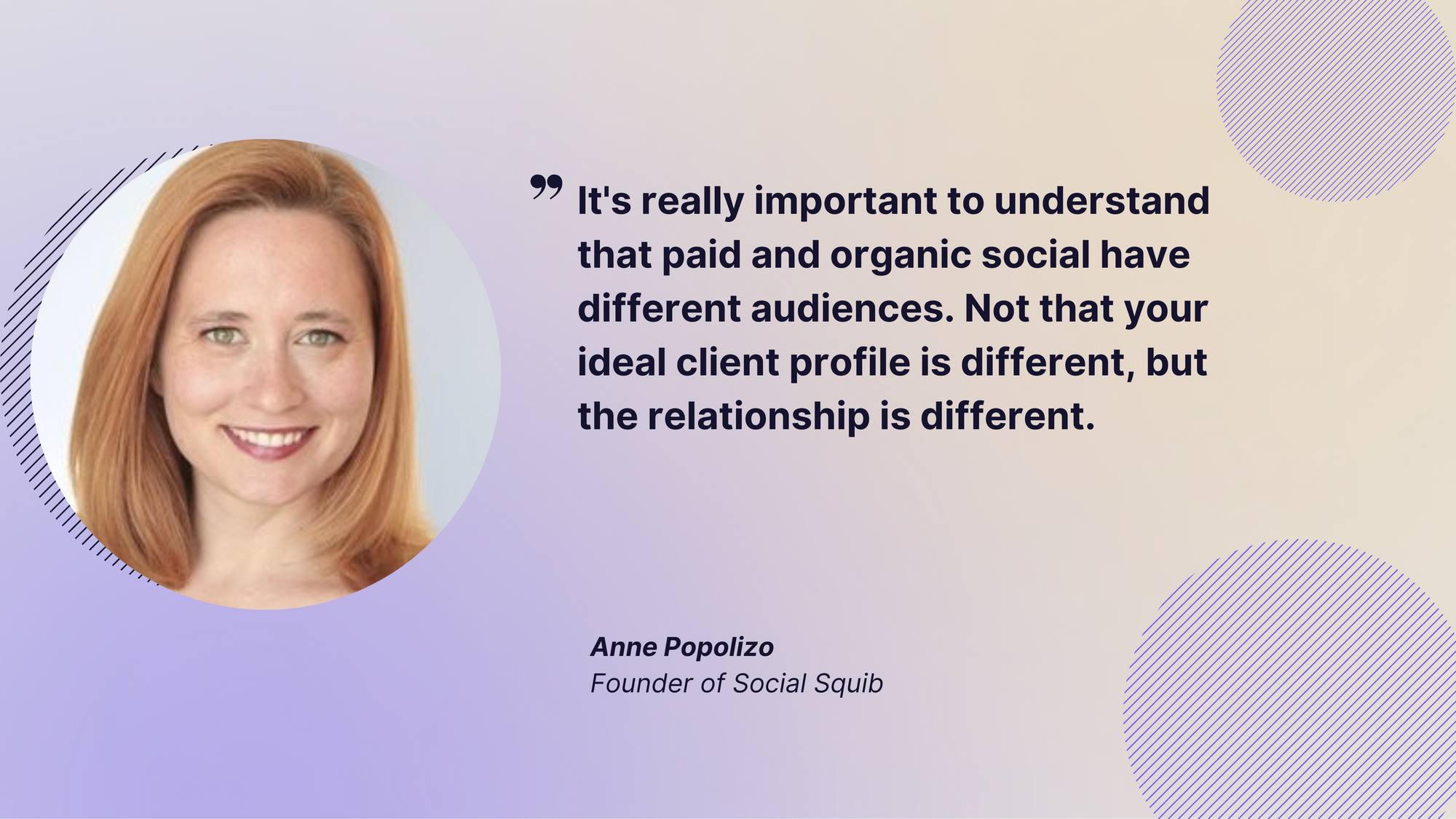
It's really important to understand that paid and organic social have different audiences. Not that your ideal client profile is different, but the relationship is different.
Your audience knows you better than your paid audience, and you're reaching them at different points in their buying journeys. That changes the conversation you can have with them, the liberties you can take, how much context you need to give them, and how much you can ask for. - Anne Popolizo, Founder of Social Squib
#5. Use web traffic to retarget and create lookalike audiences
Driving traffic to your website for a free download, a video, a blog or a special event allows the retargeting of that audience to serve them paid ads. In addition, use this audience of followers to create lookalike audiences to target in the next ad campaign.
#6. Boost your best-performing posts
A hybrid approach includes boosting your best performing non-paid posts. This is an easy way to reach a new audience, without having to create new campaign copy and visual assets.
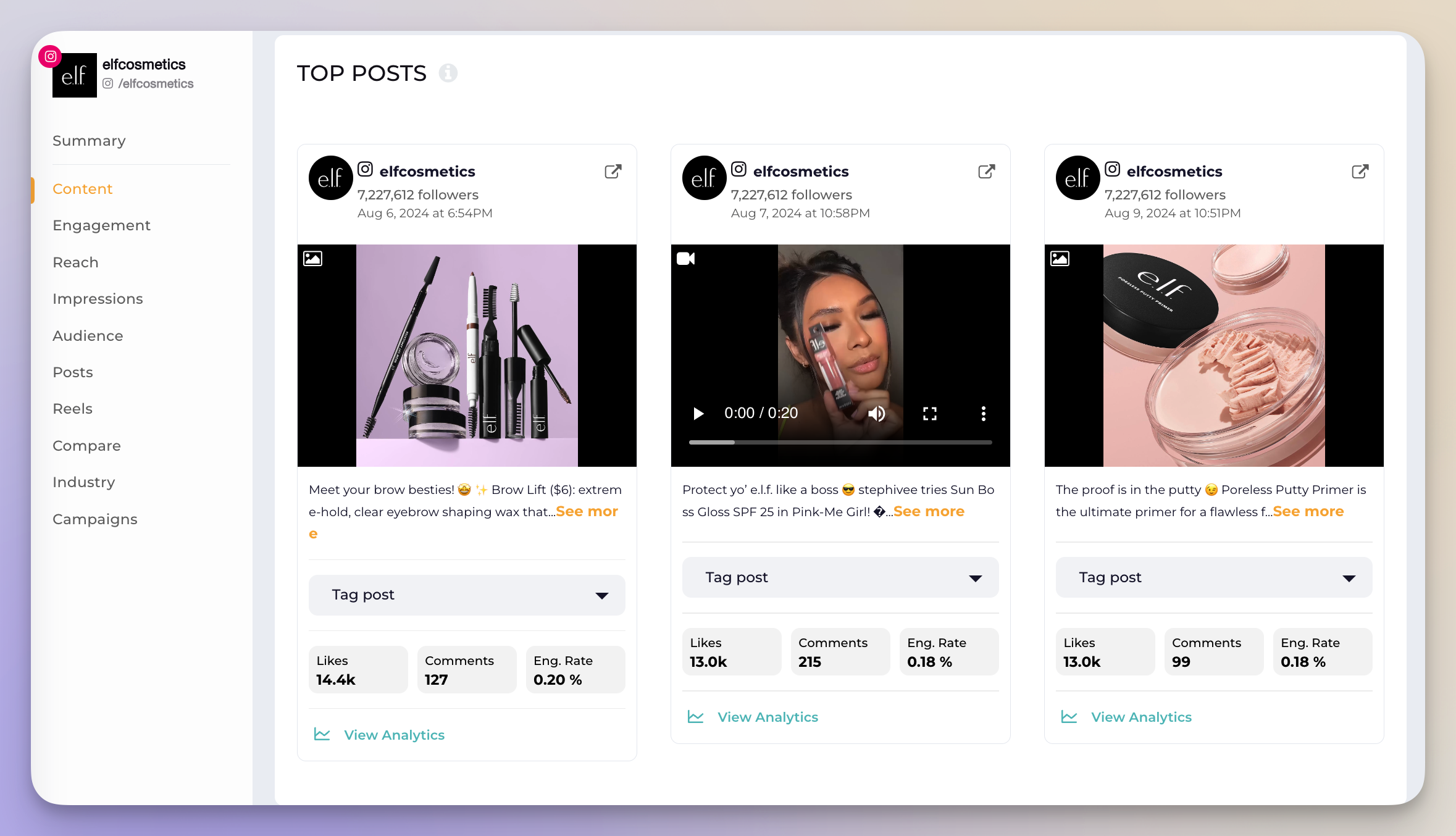
#7. Track and optimize organic and paid efforts
Cross-skilled team members who manage your paid and organic social efforts will need to closely track data and optimize campaigns. Sharing and tracking data gives you an advantage over those doing one or the other.
Adjusting your content strategy to include both types of social posts is a great way to get the most out of any marketing budget.
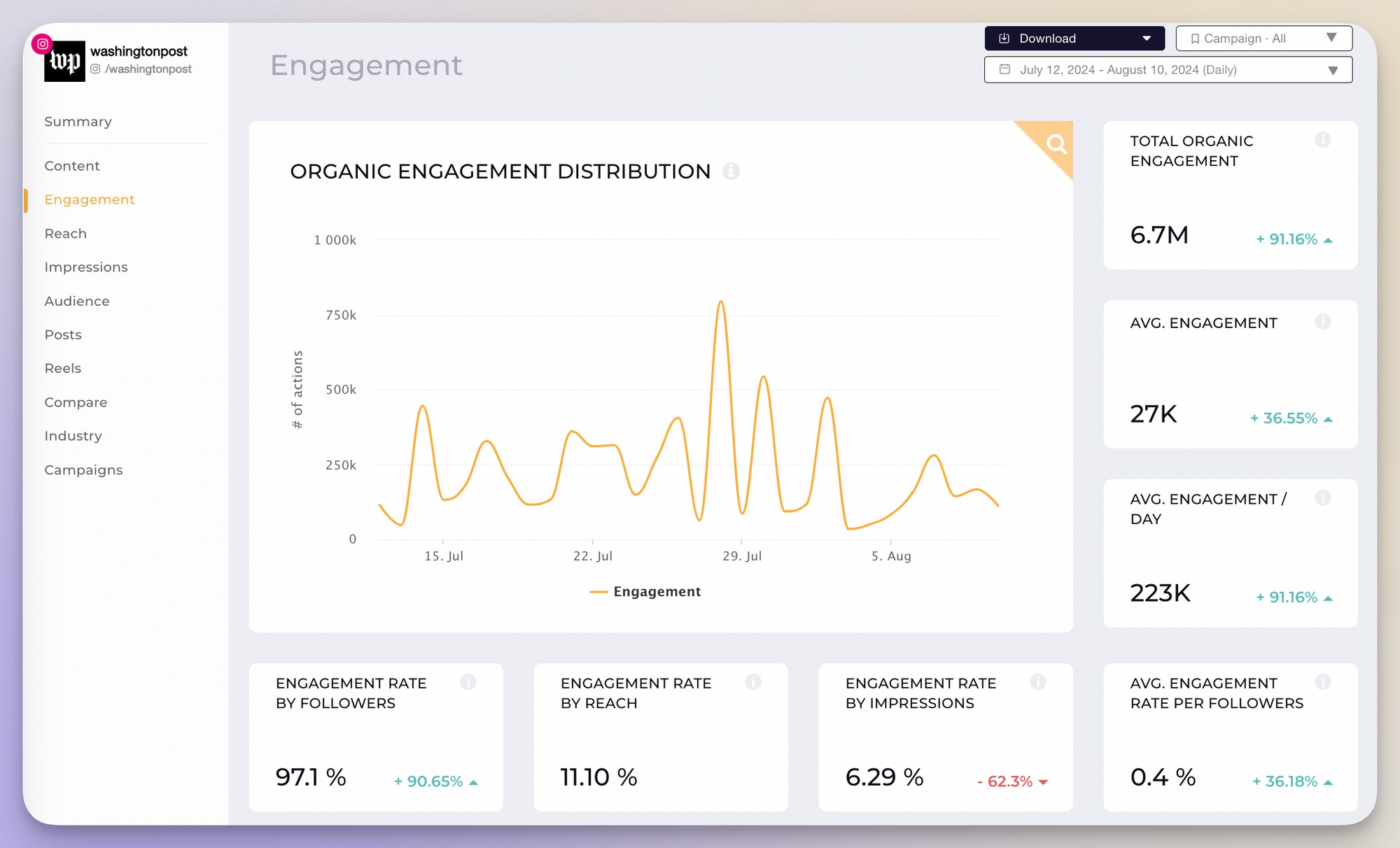
Measure your social media performance with Socialinsider!
Analyze your social media performance across channels and compare it against top competitors.
Start a 14-day FREE trial#8. Use A/B testing
Paid campaign requires a good bit of A/B testing to understand how much you paid for every click, sale, and lead and get the best value for your money. By throwing traditional social in the mix, A/B testing can be done without spending any money on advertising.
#9. Build your community
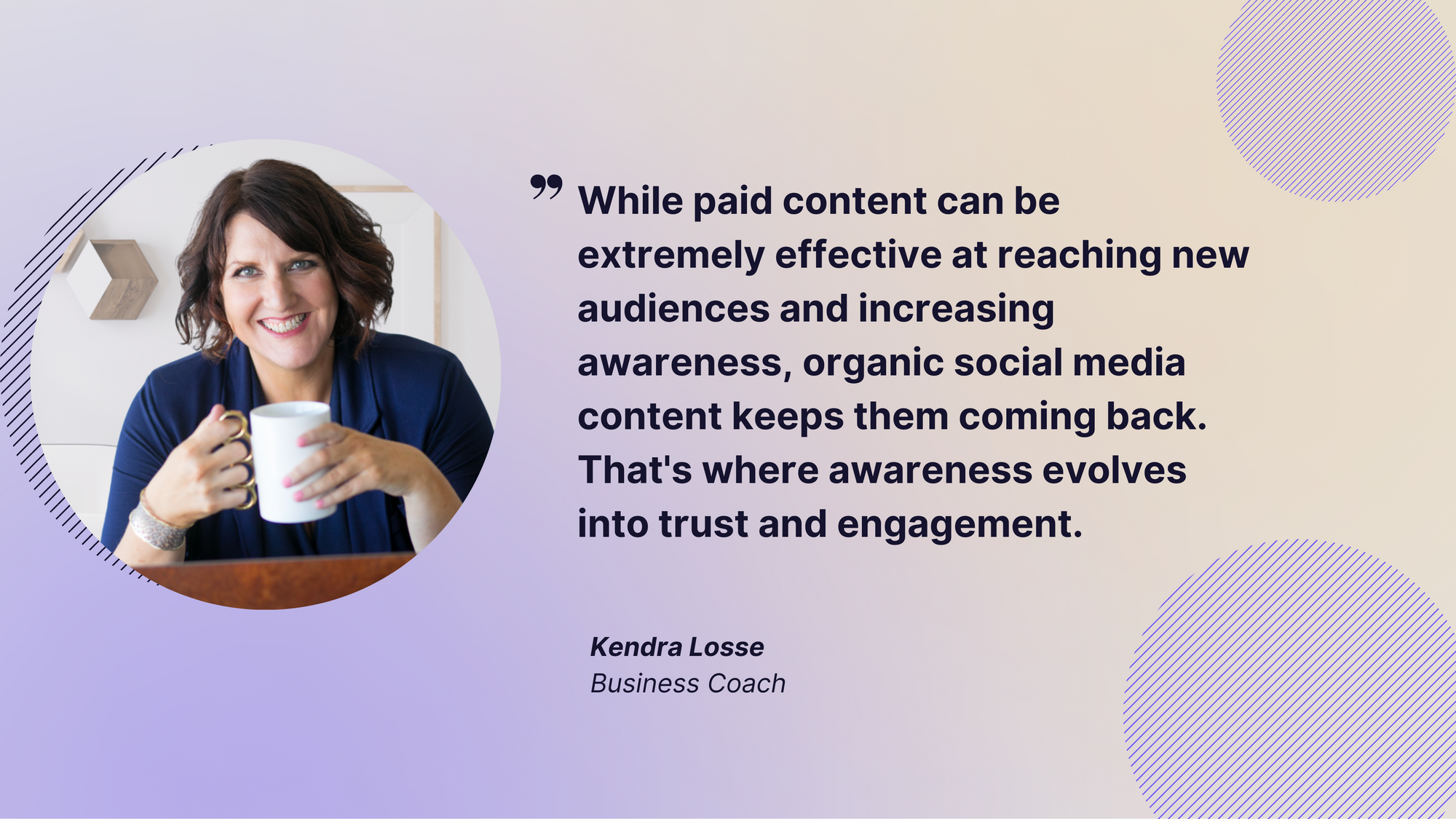
While paid content can be extremely effective at reaching new audiences and increasing awareness, organic social media content keeps them coming back.
That's where awareness evolves into trust and engagement. It's the foundation of your brand, showcasing how you respect, interact, and respond to your prospects, customers, and your wider audience. - Kendra Losse, Business Coach
#10. Collaborate with the right influencers
When creating your organic and paid strategies, adding influencer content to the line up of both allows for experimenting with a new type of content, user-generated content. Test this user-generated content on regular channels first to take full advantage of a hybrid approach. Use the best influencer posts in your advertising campaigns.
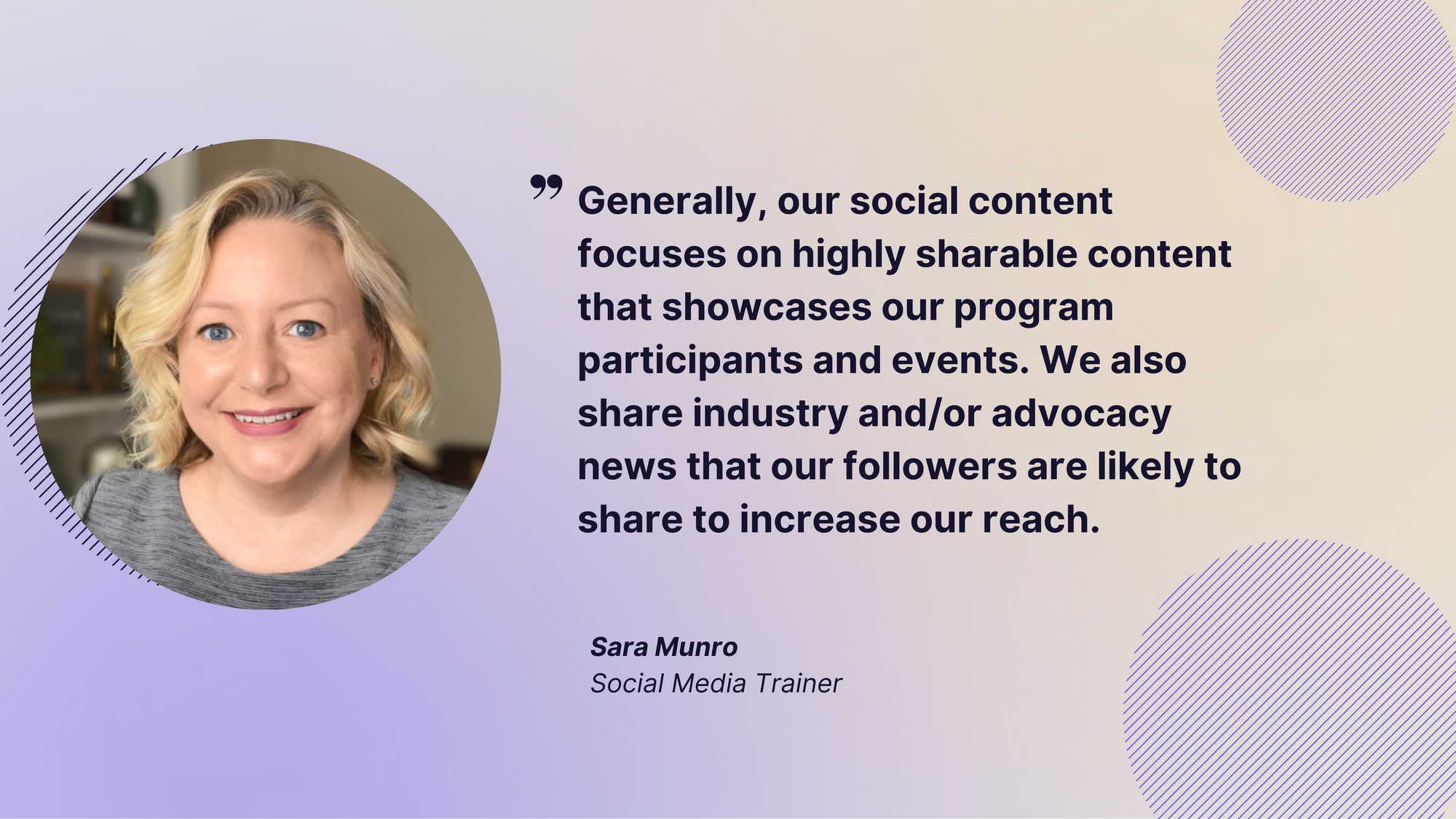
Generally, our social content focuses on highly sharable content that showcases our program participants and events. We also share industry and/or advocacy news that our followers are likely to share to increase our reach. These campaigns are often part of larger initiatives that involve influencers/advocates who receive copy and graphics to share on their accounts too. - Sara Munro, Social Media Trainer
Final thoughts
Whether you are in the ‘organic all the way’ or ‘paid is the way to go’ camp, we hope this article has given you some food for thought.
Our intention is to widen your horizons by providing a new way to think and strategize about social media. We encourage you to use everything in your wheelhouse, and then some, to consistently give the brand you represent the best possible outcome.
Blending strategies and working closely with the ‘other’ team allows for new growth, new possibilities, new goals, and incredible results.





![[What Data Says] How Many Social Media Interactions Does Every Platform Drive](/blog/content/images/size/w1000/2025/03/interactions.png)

